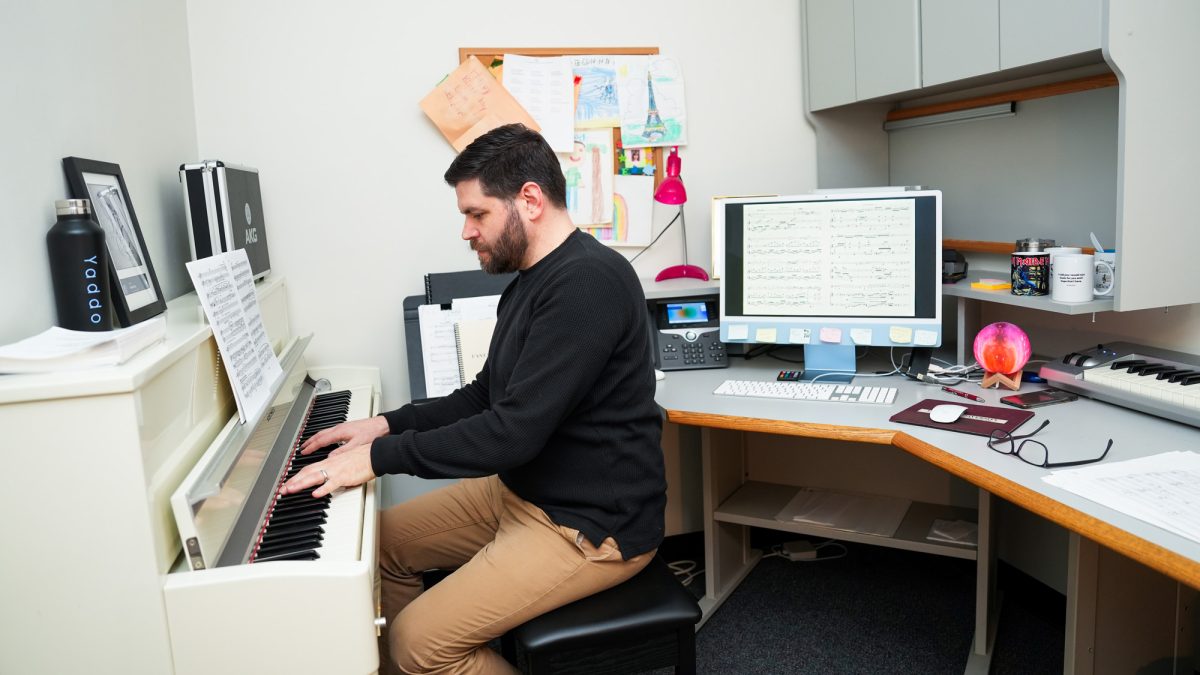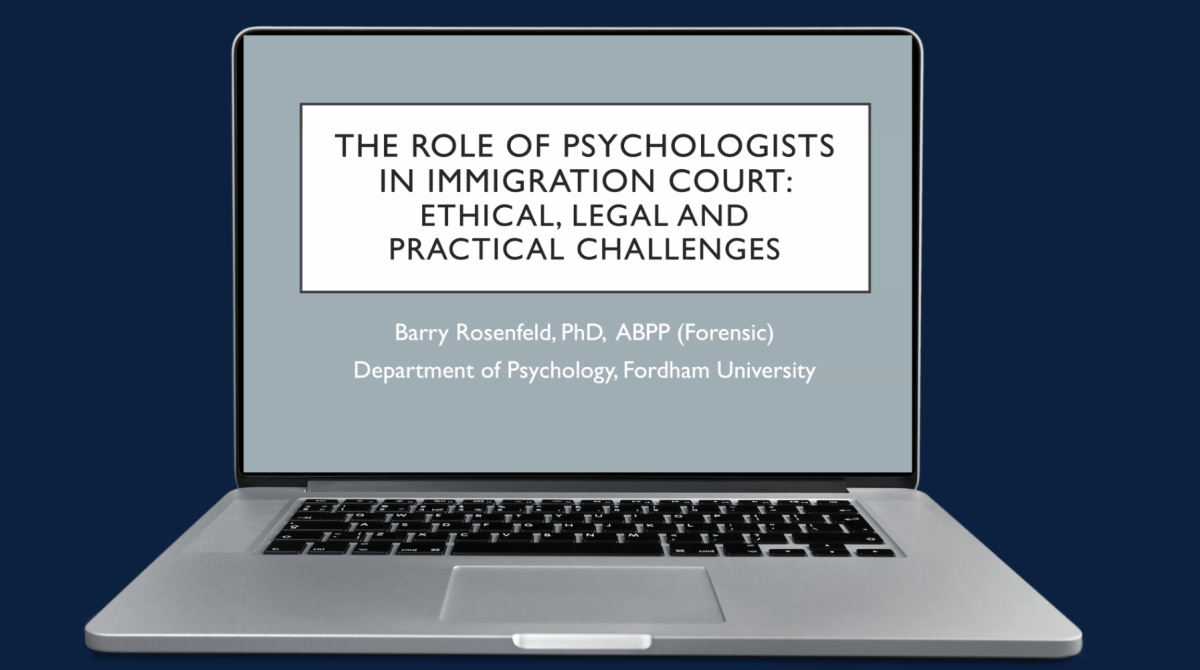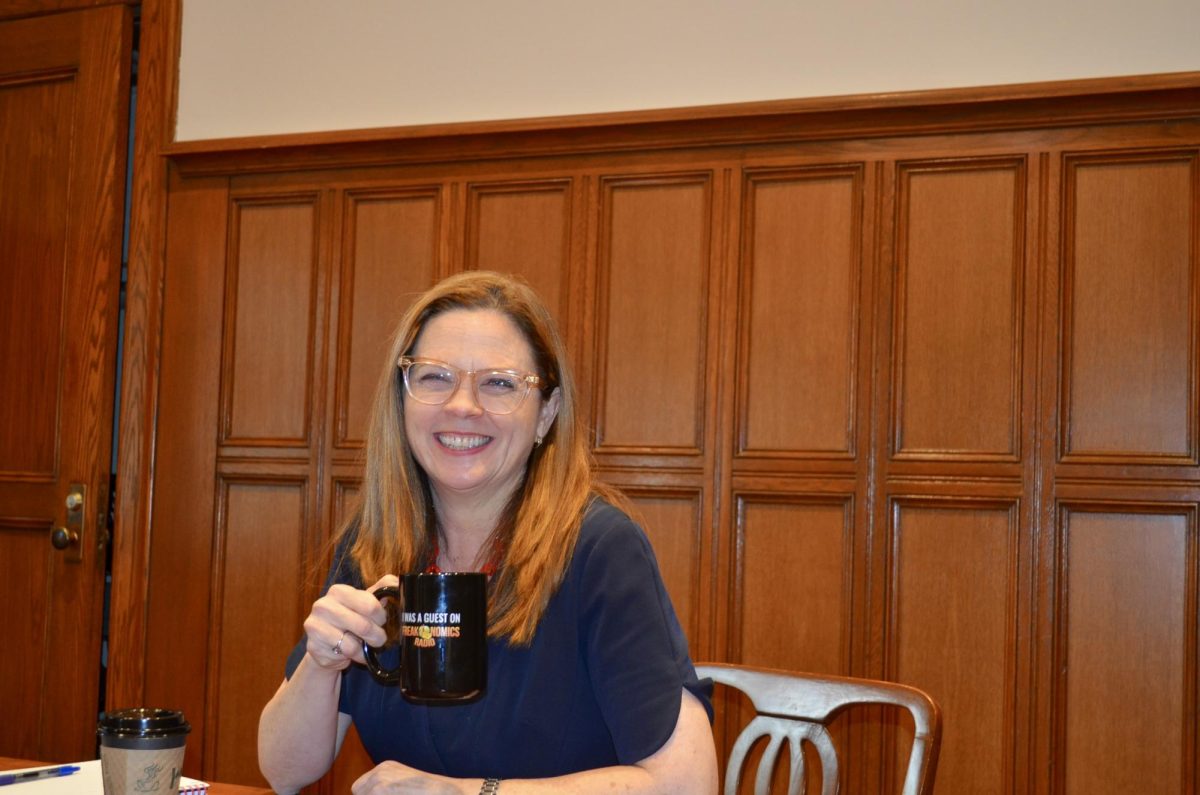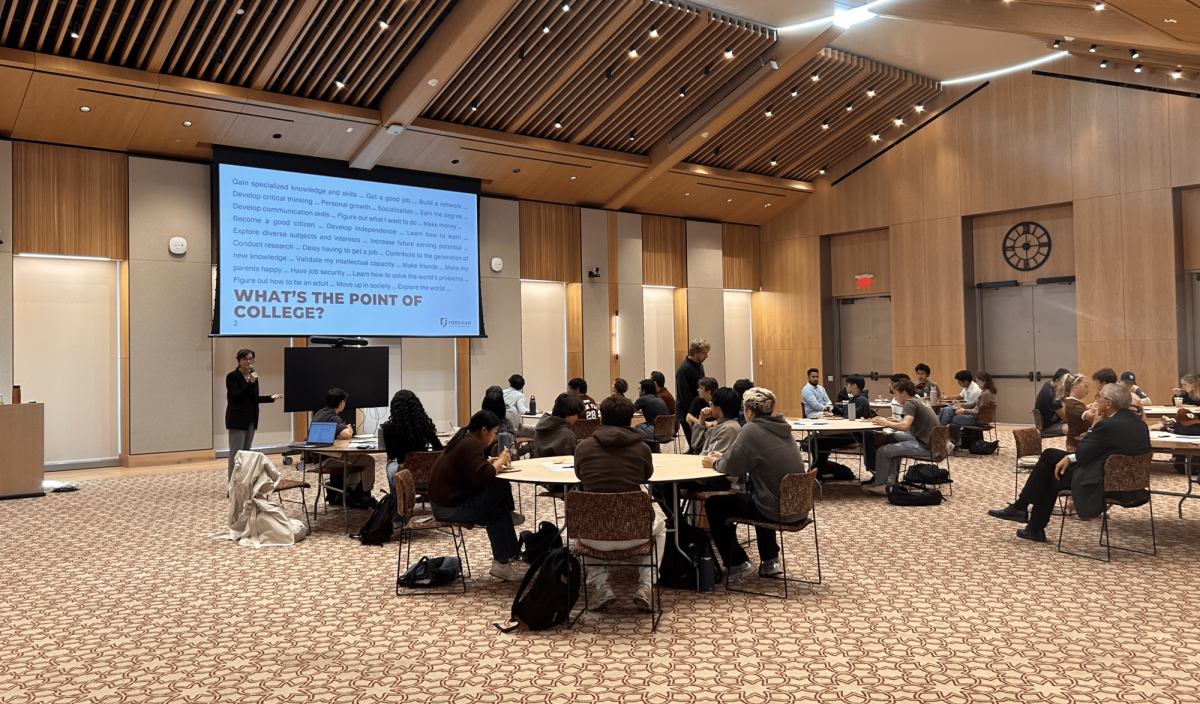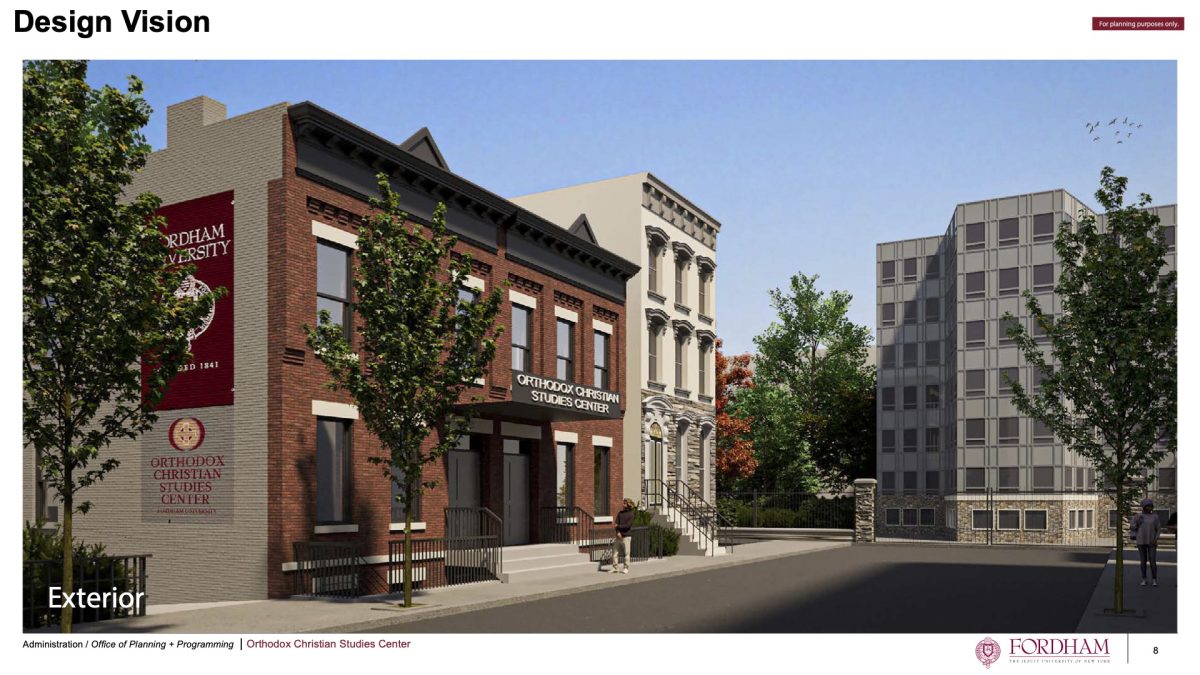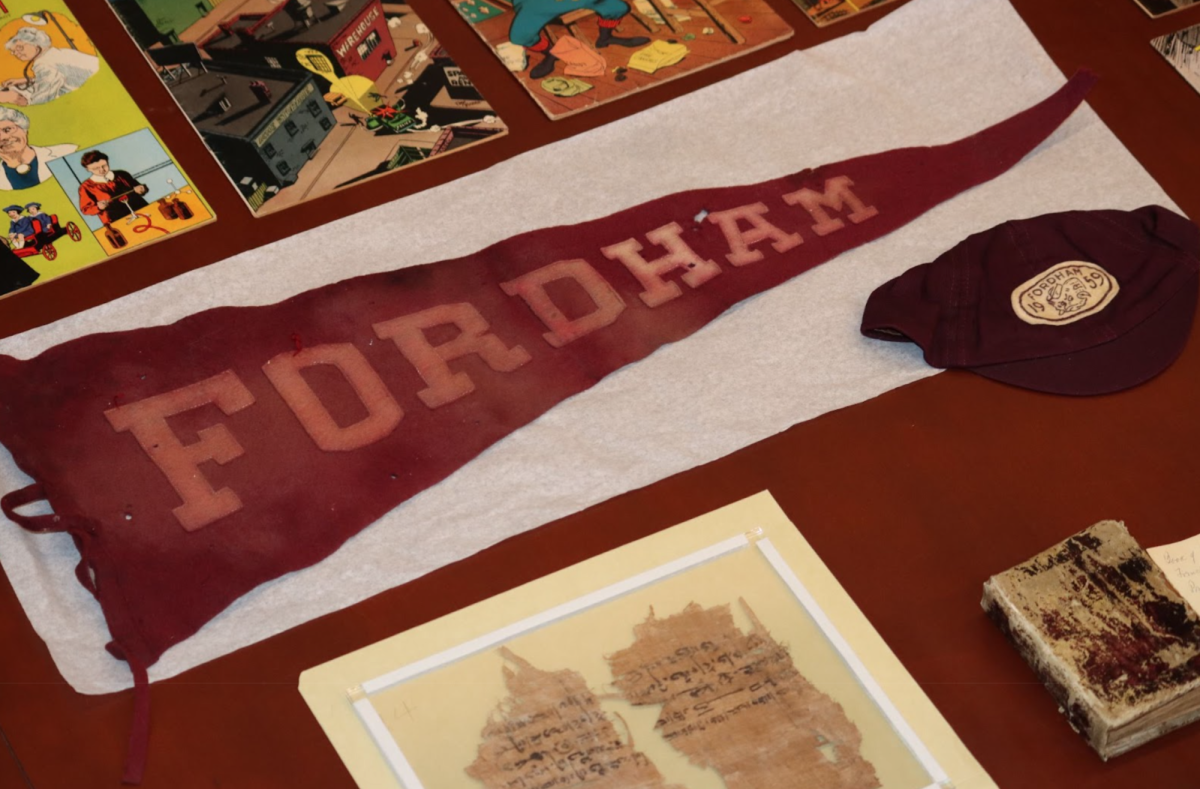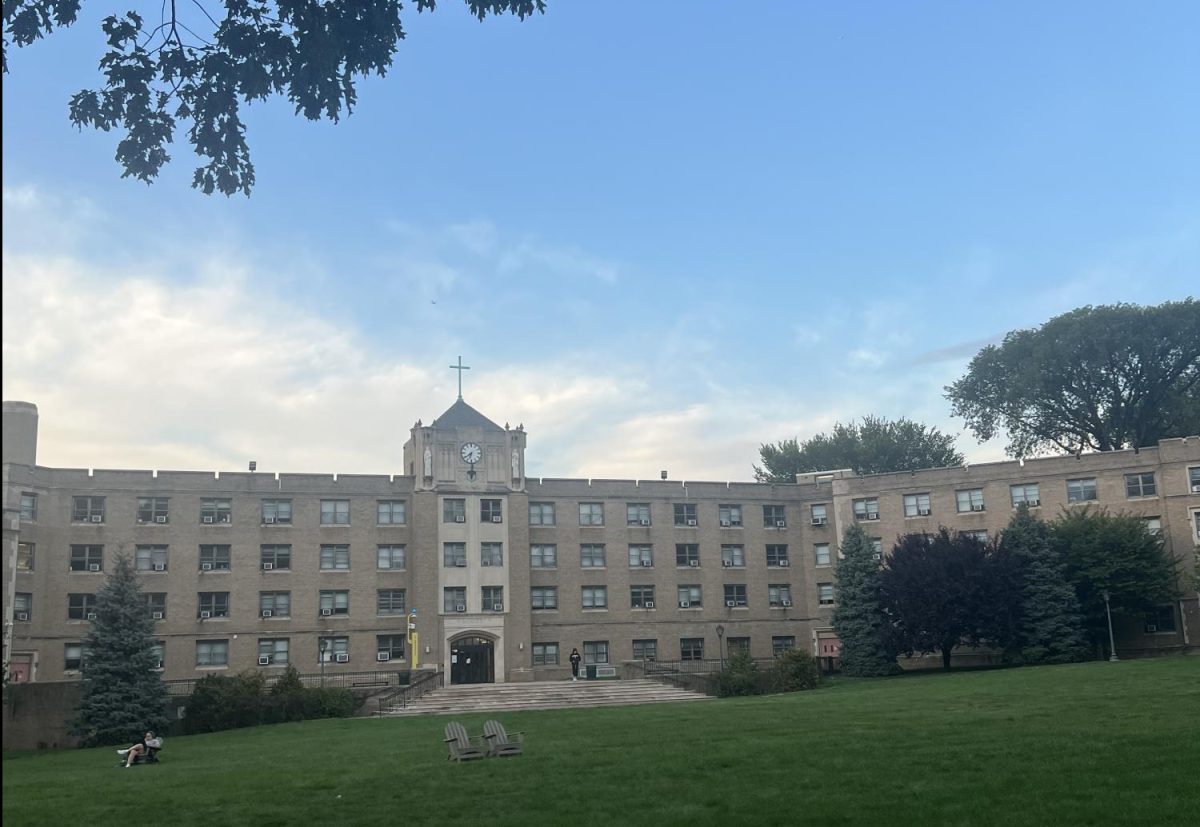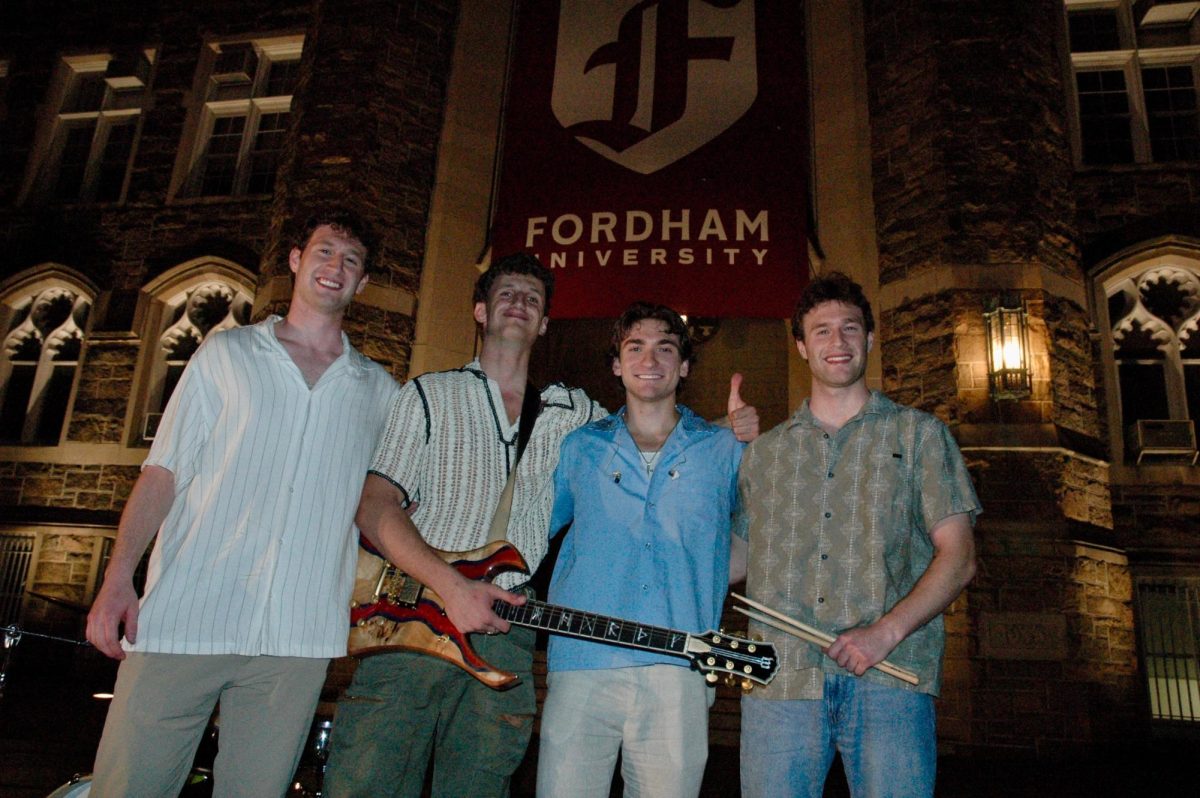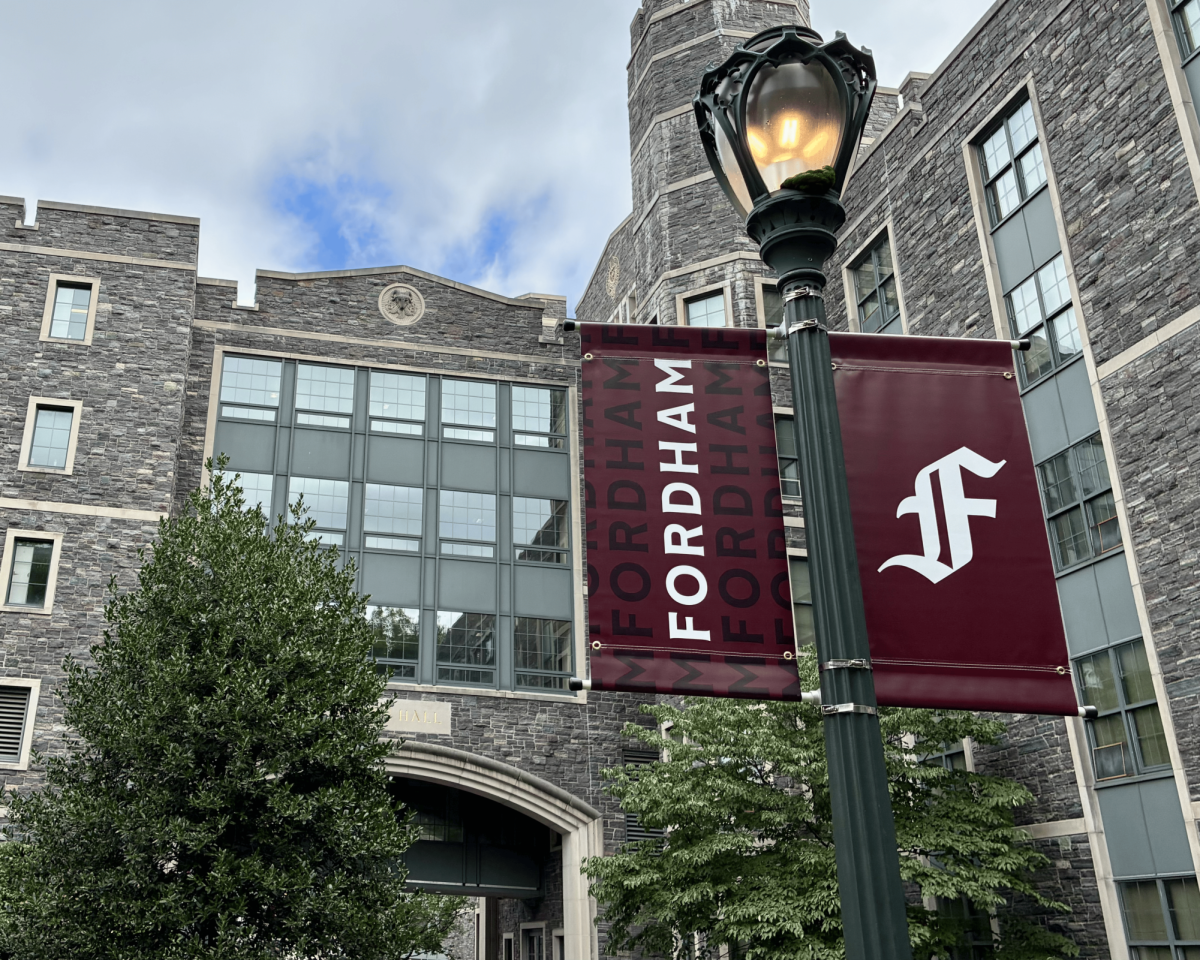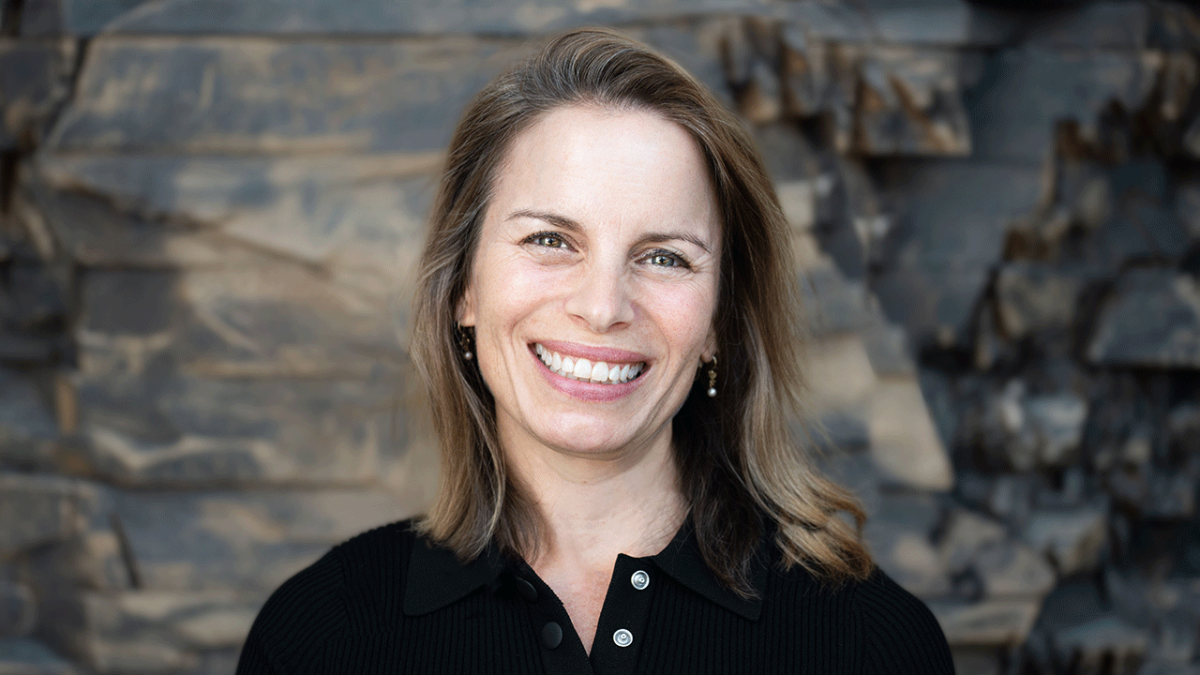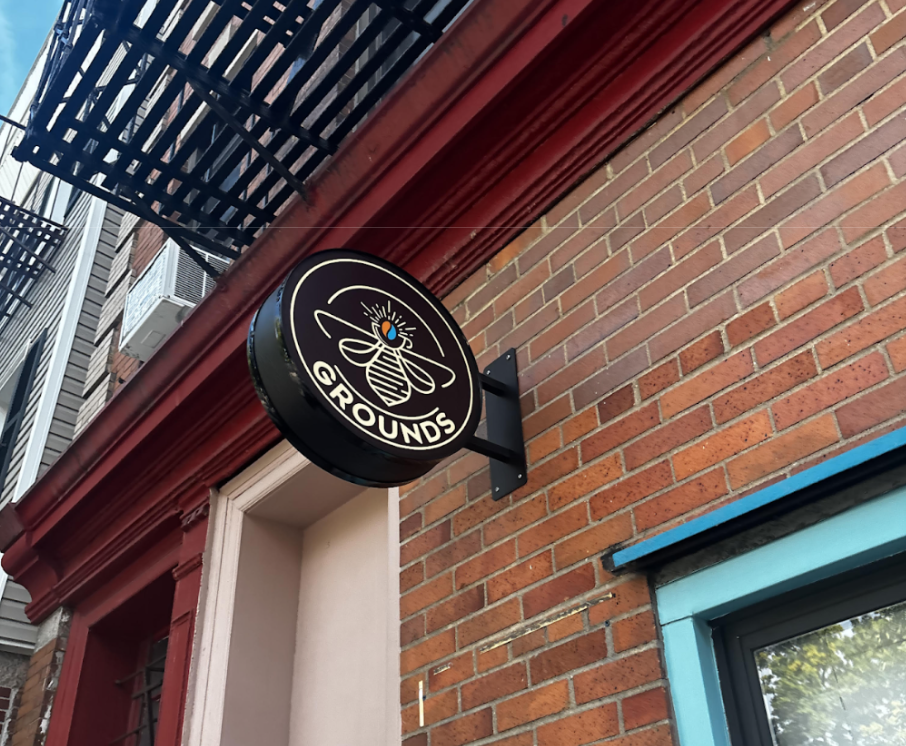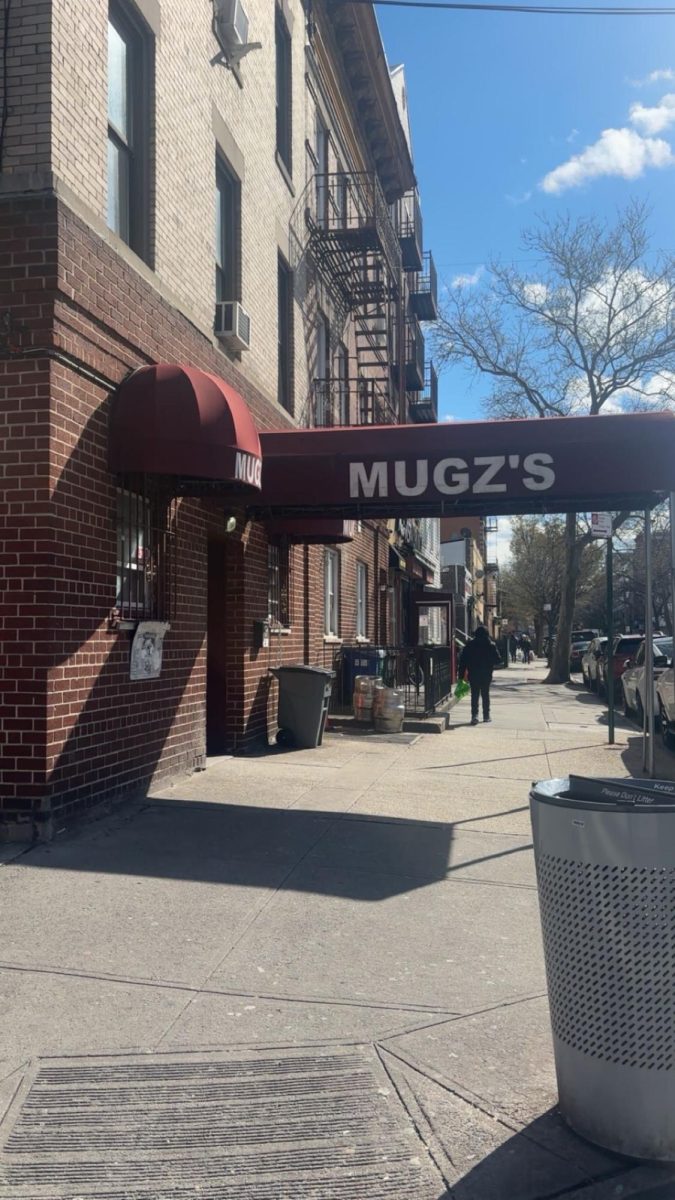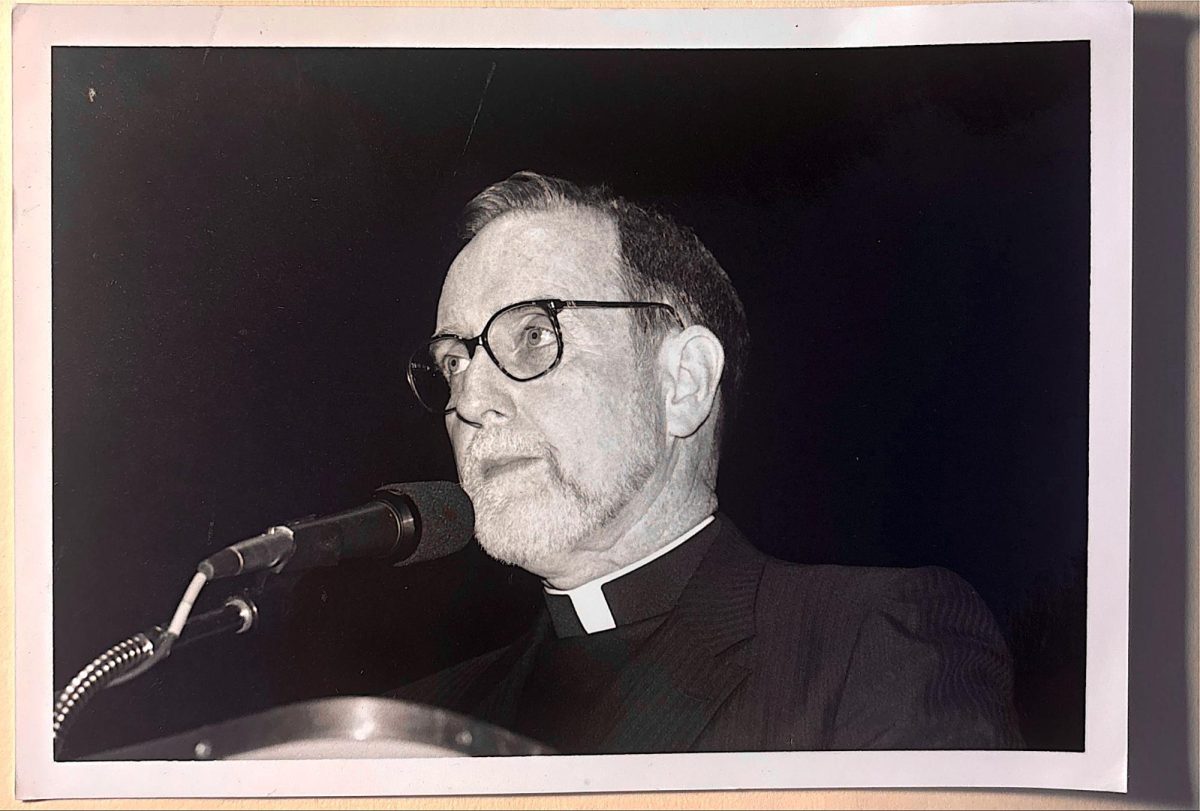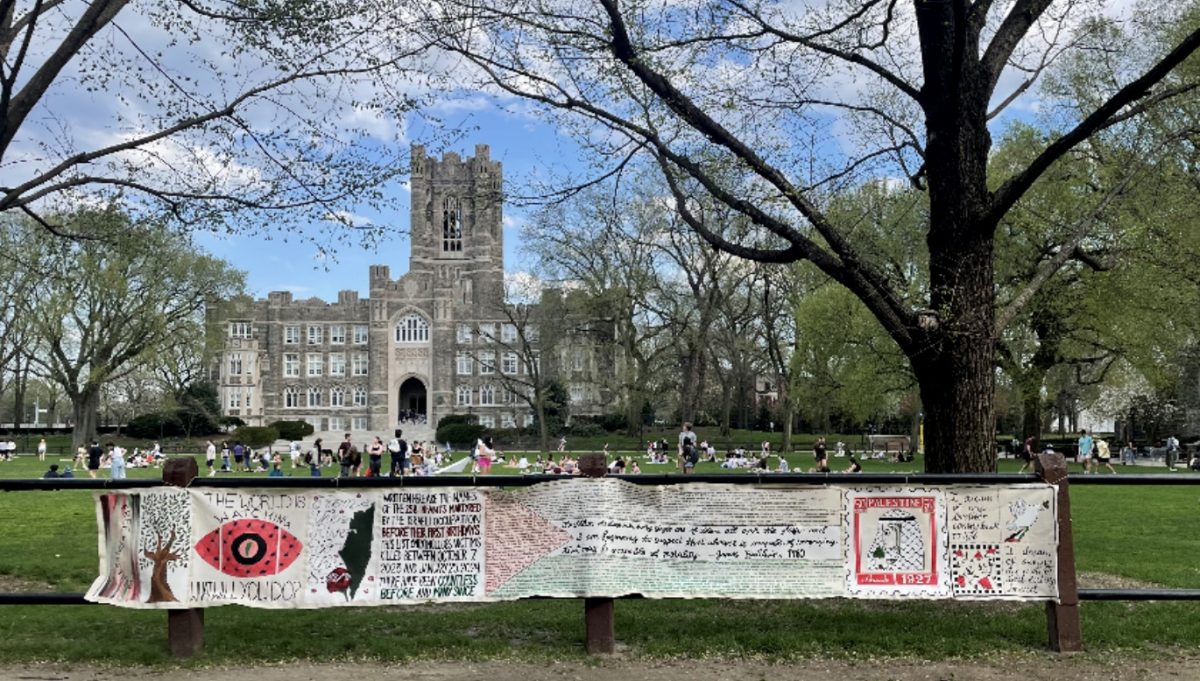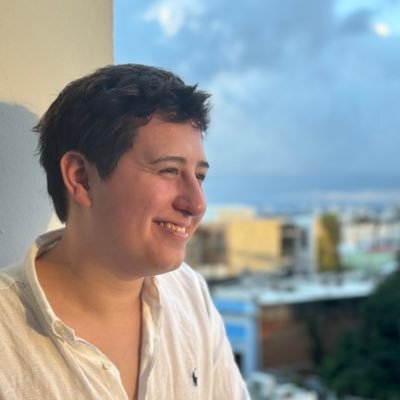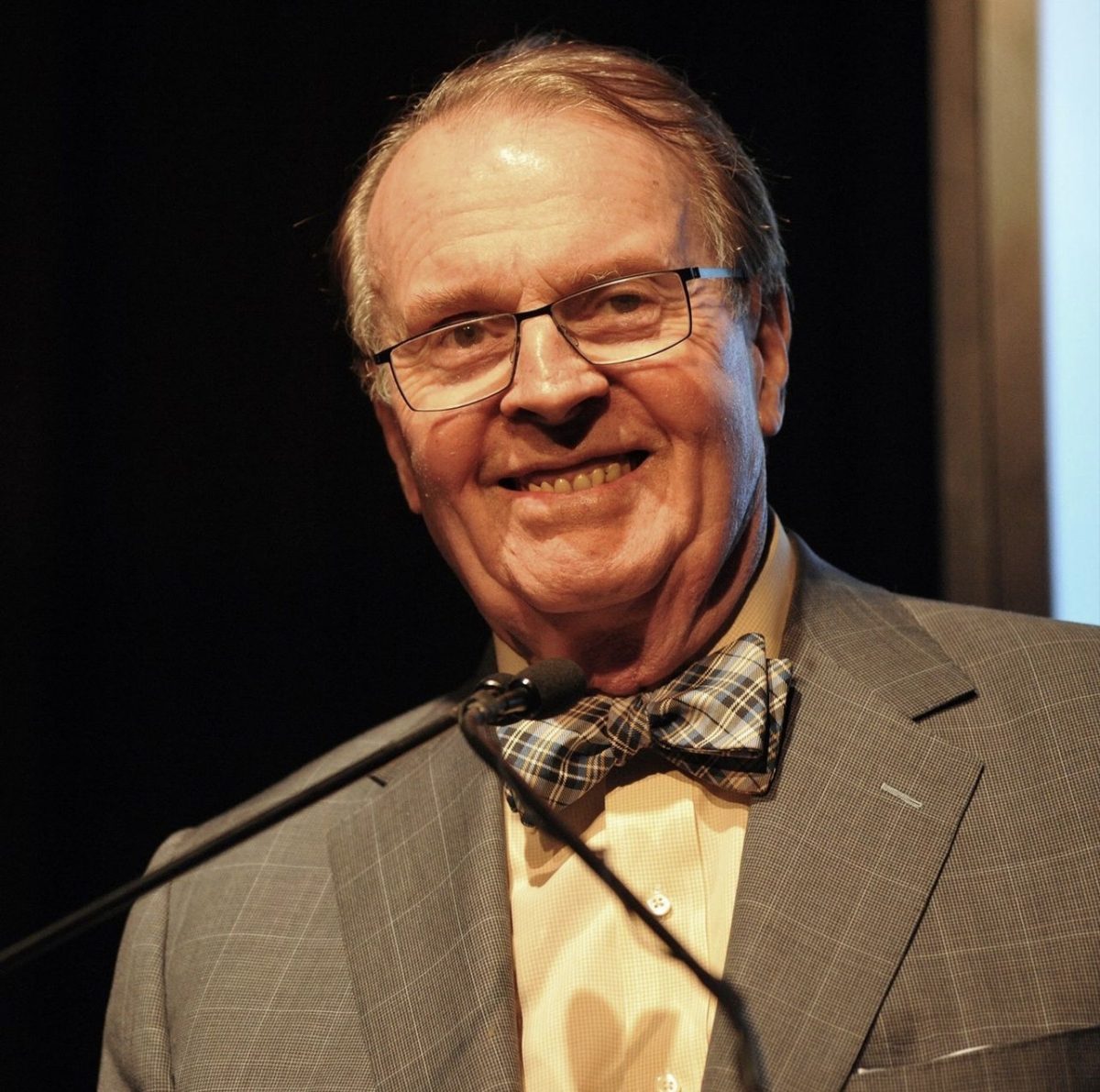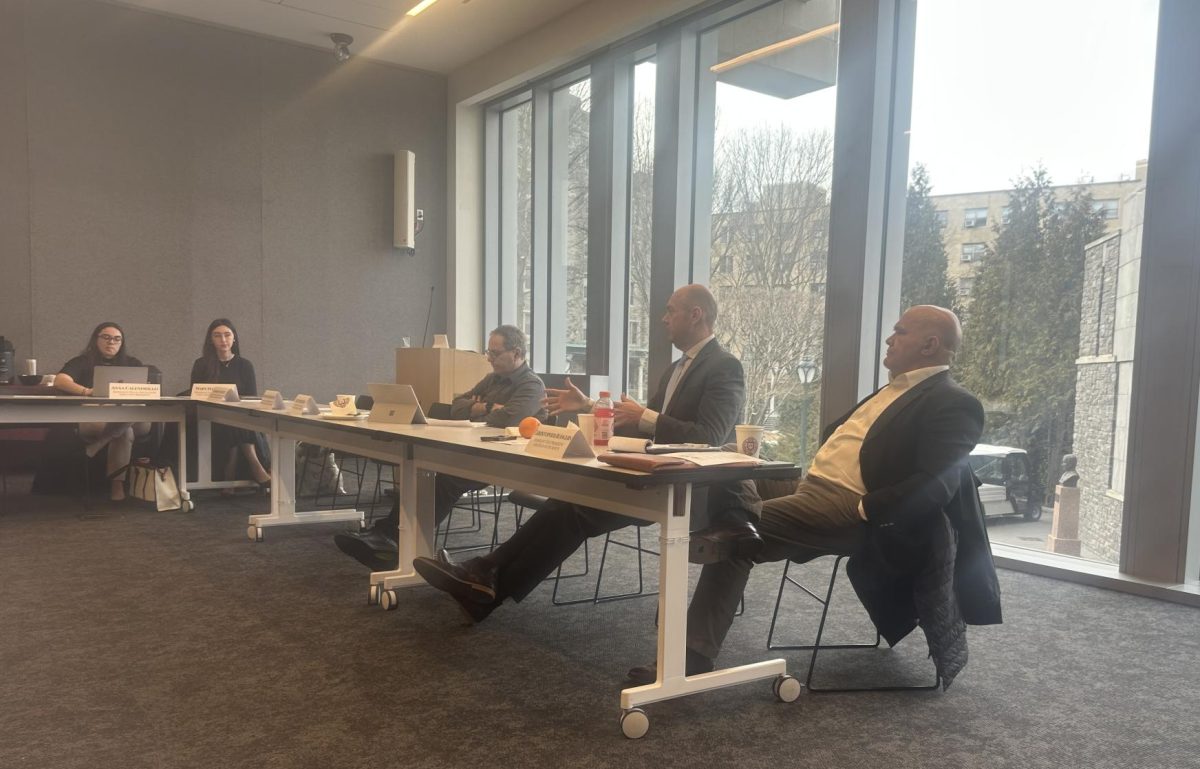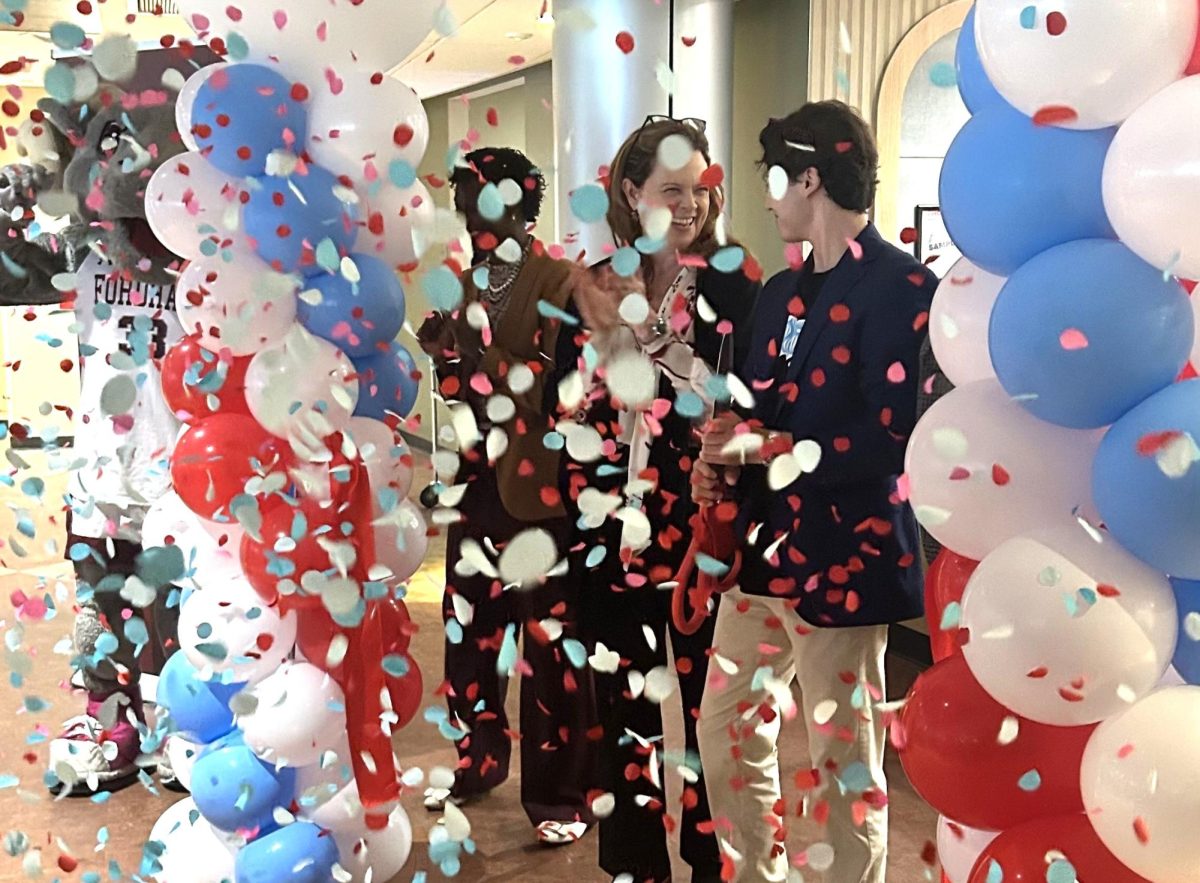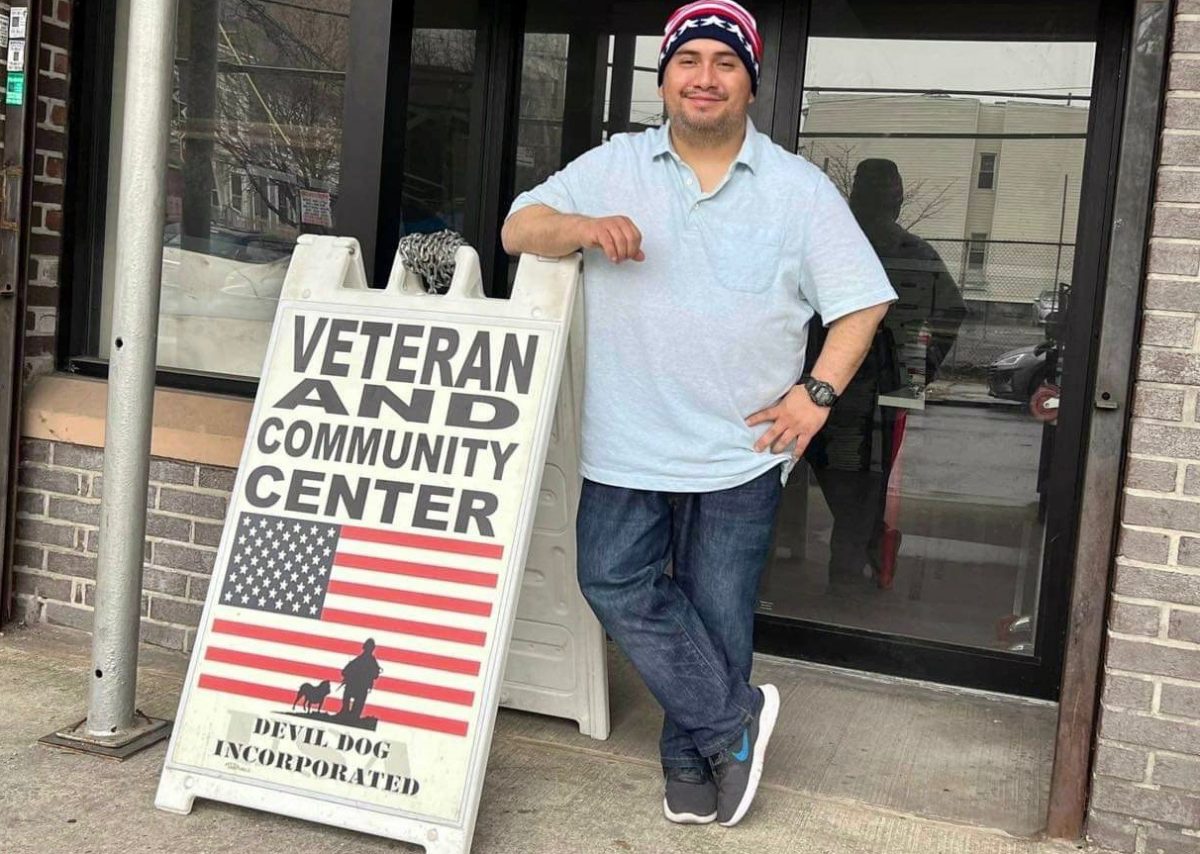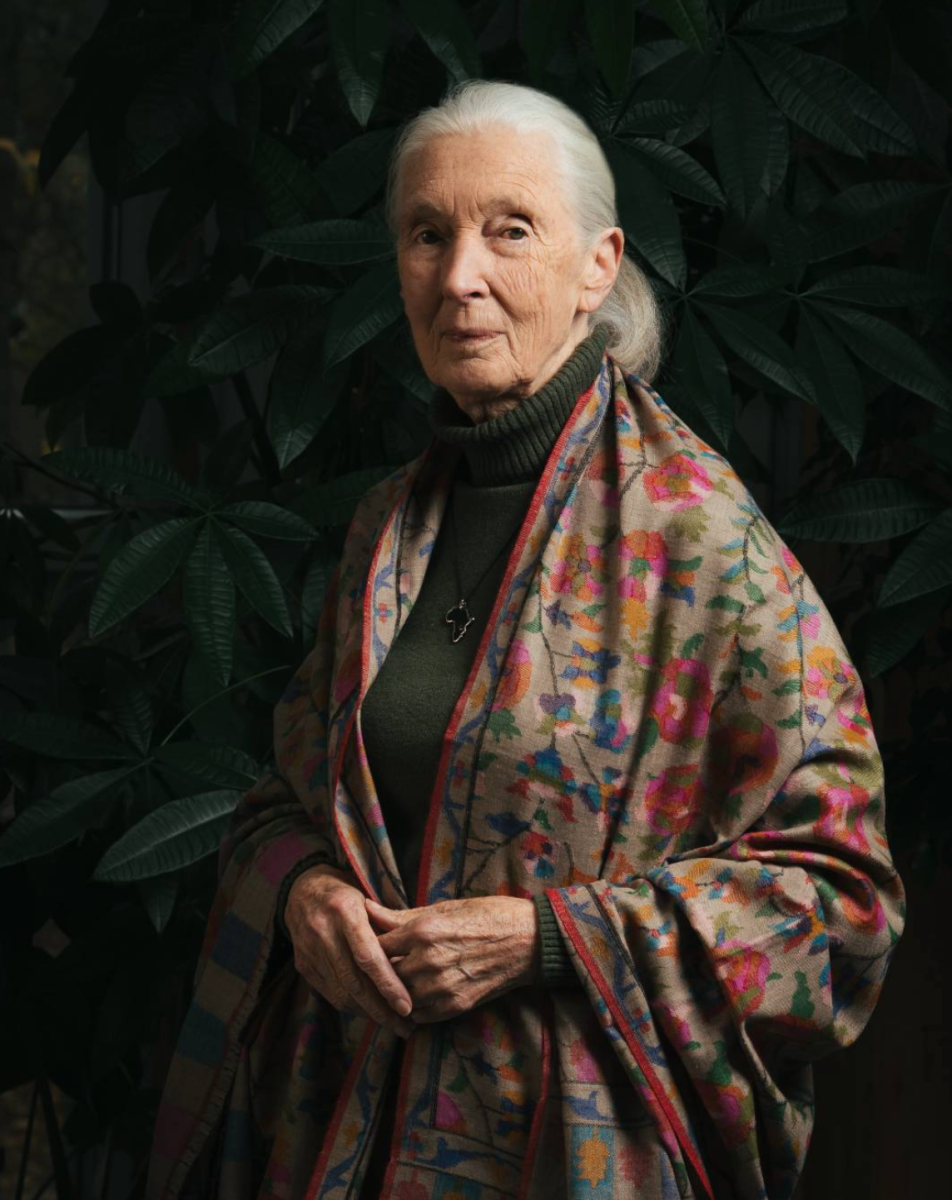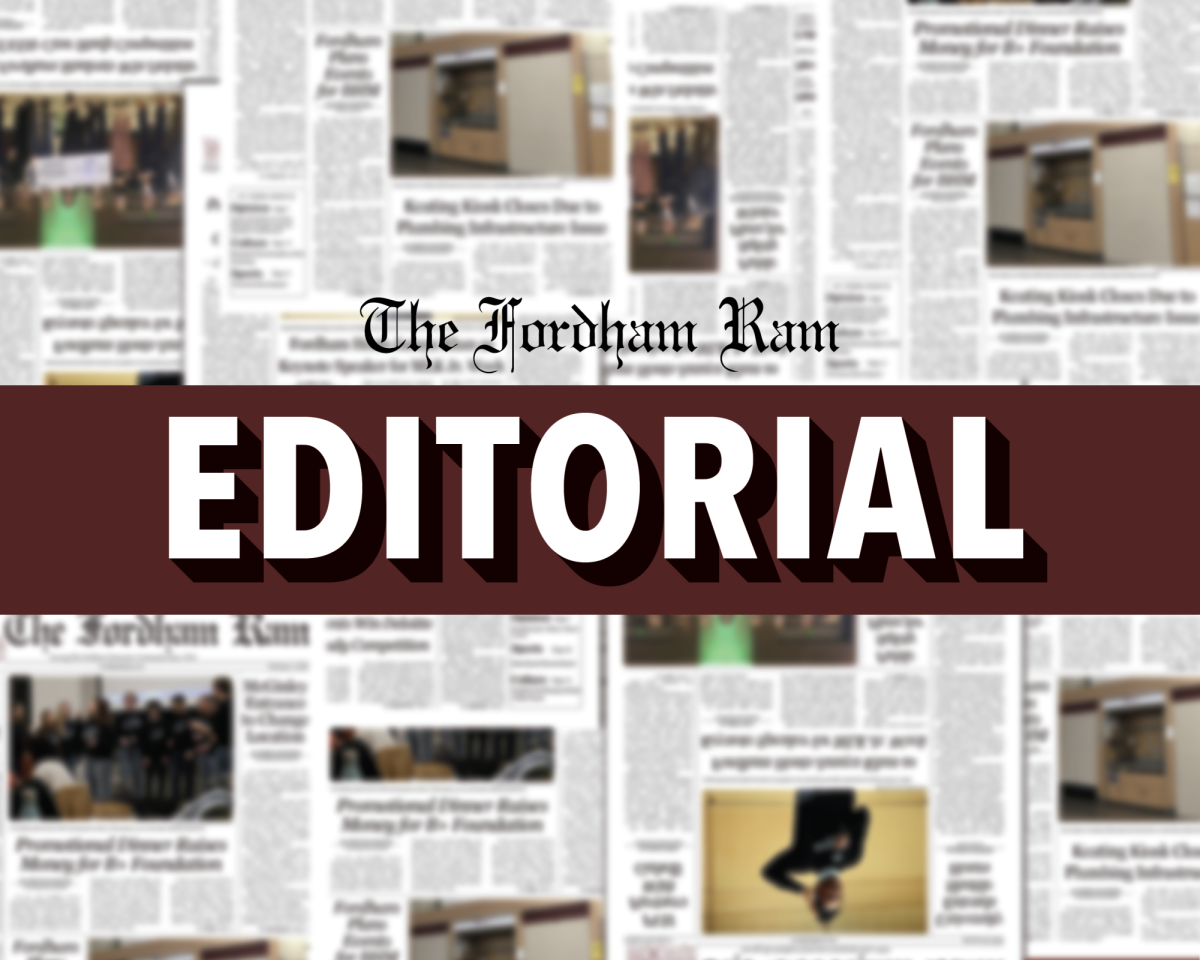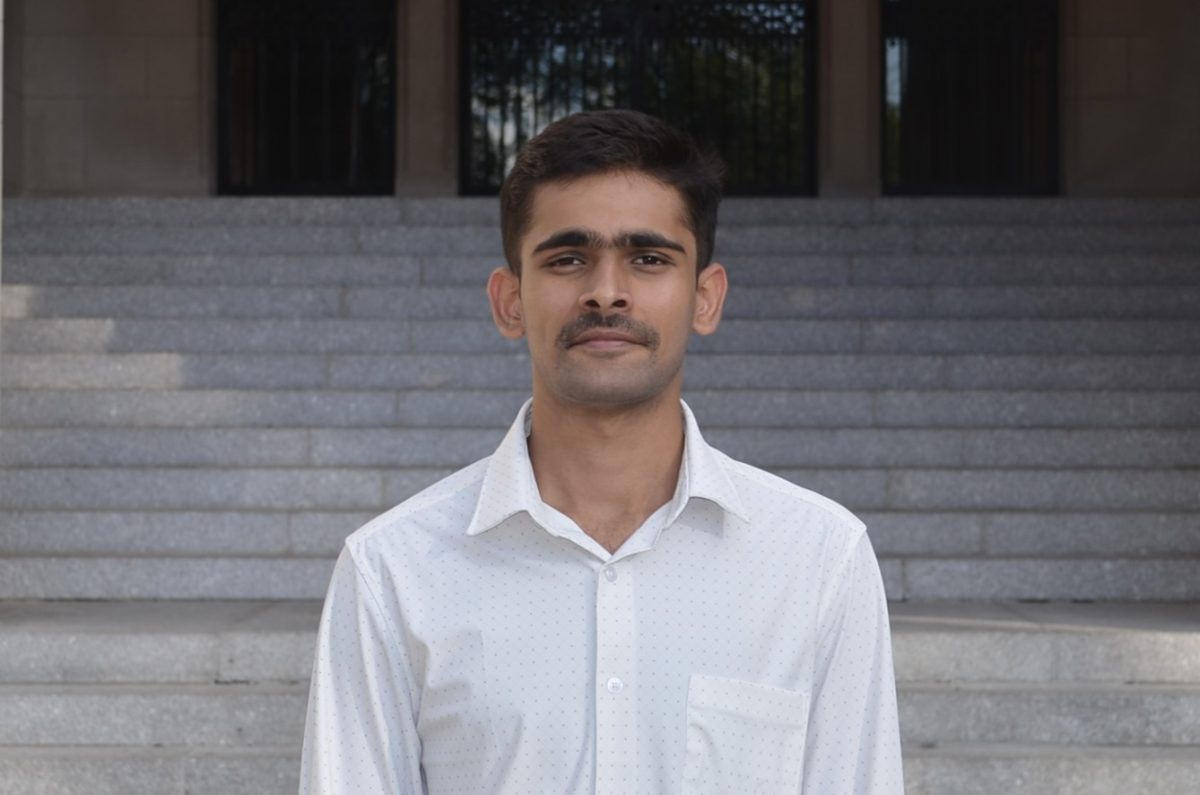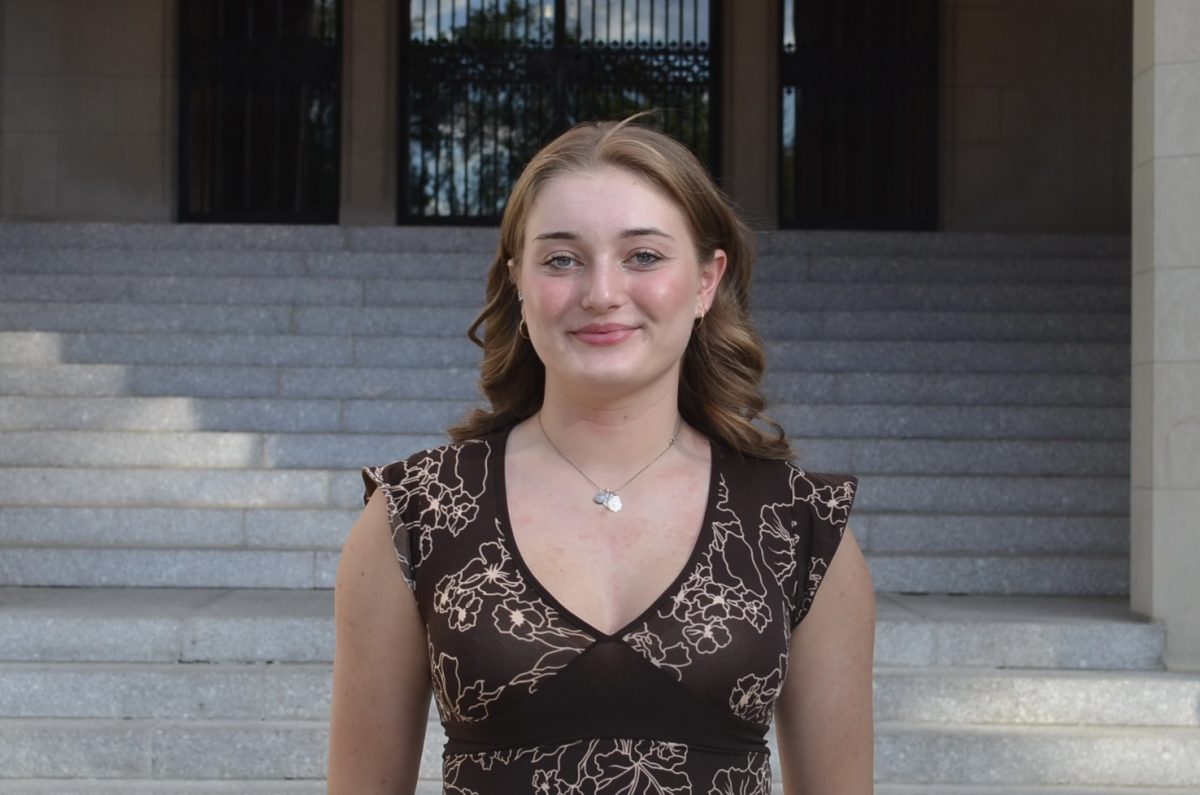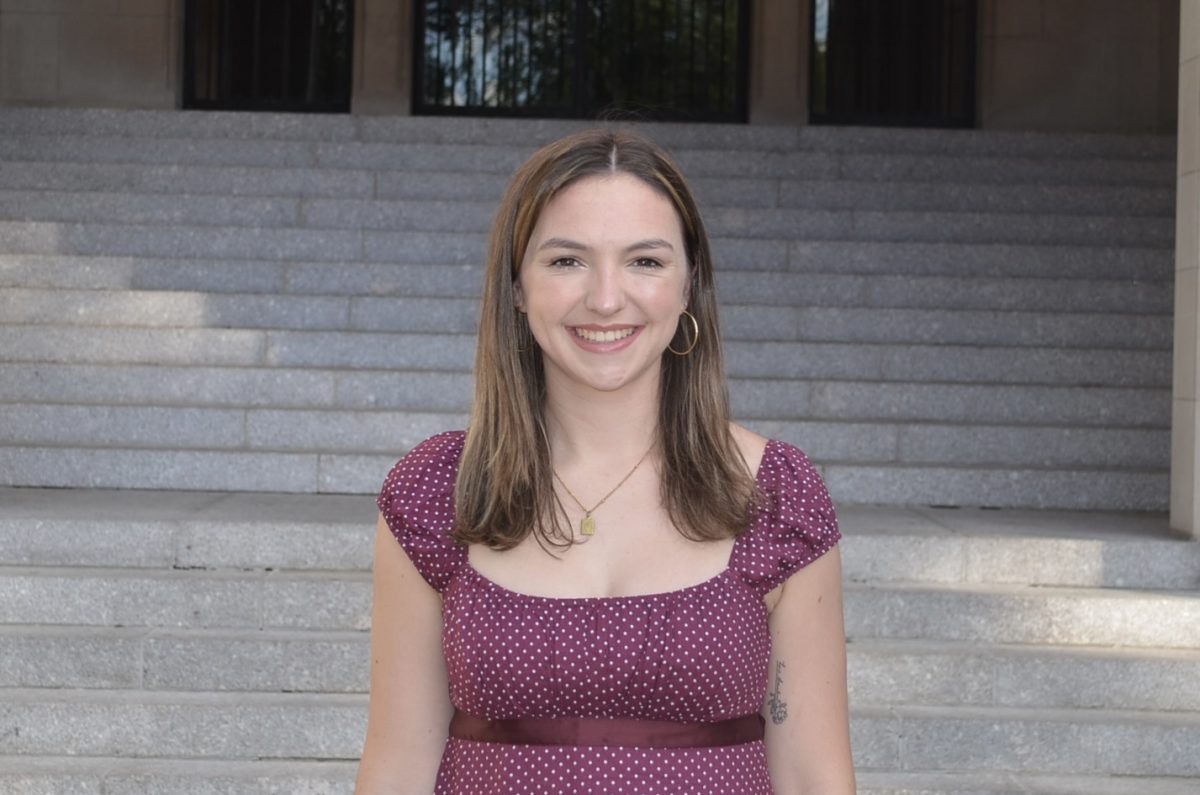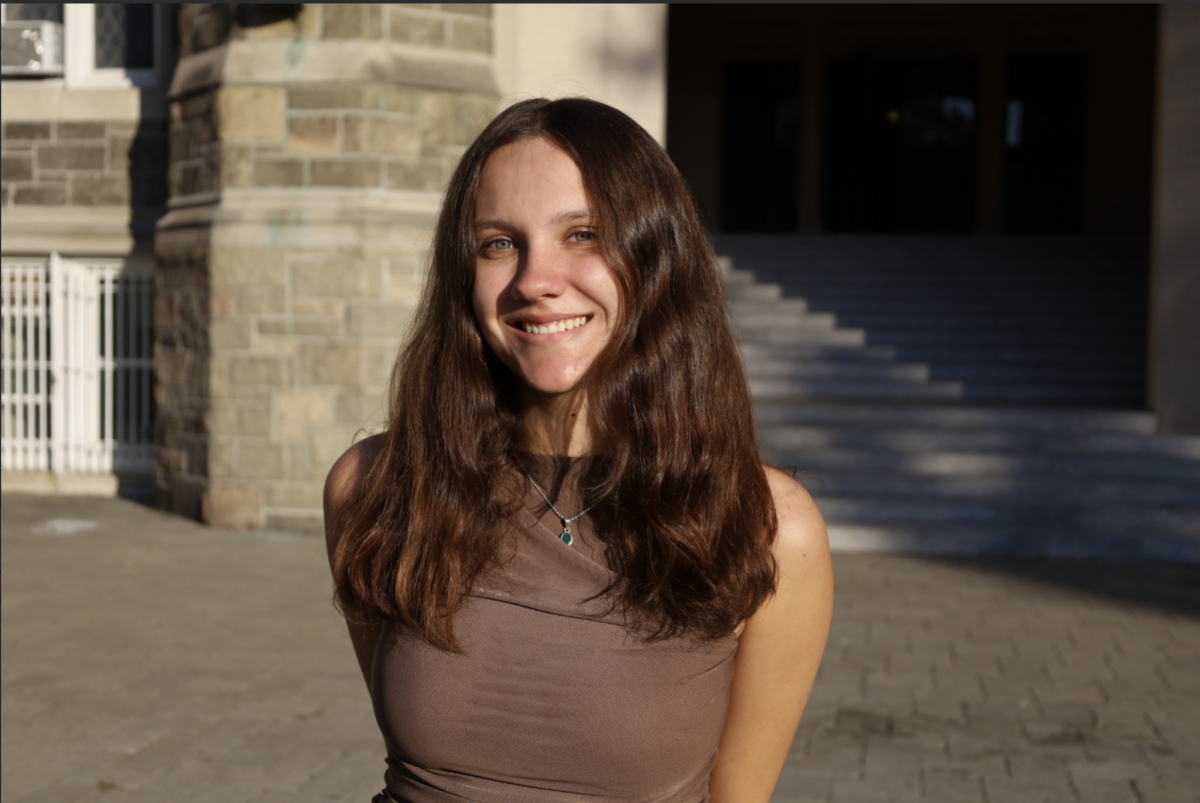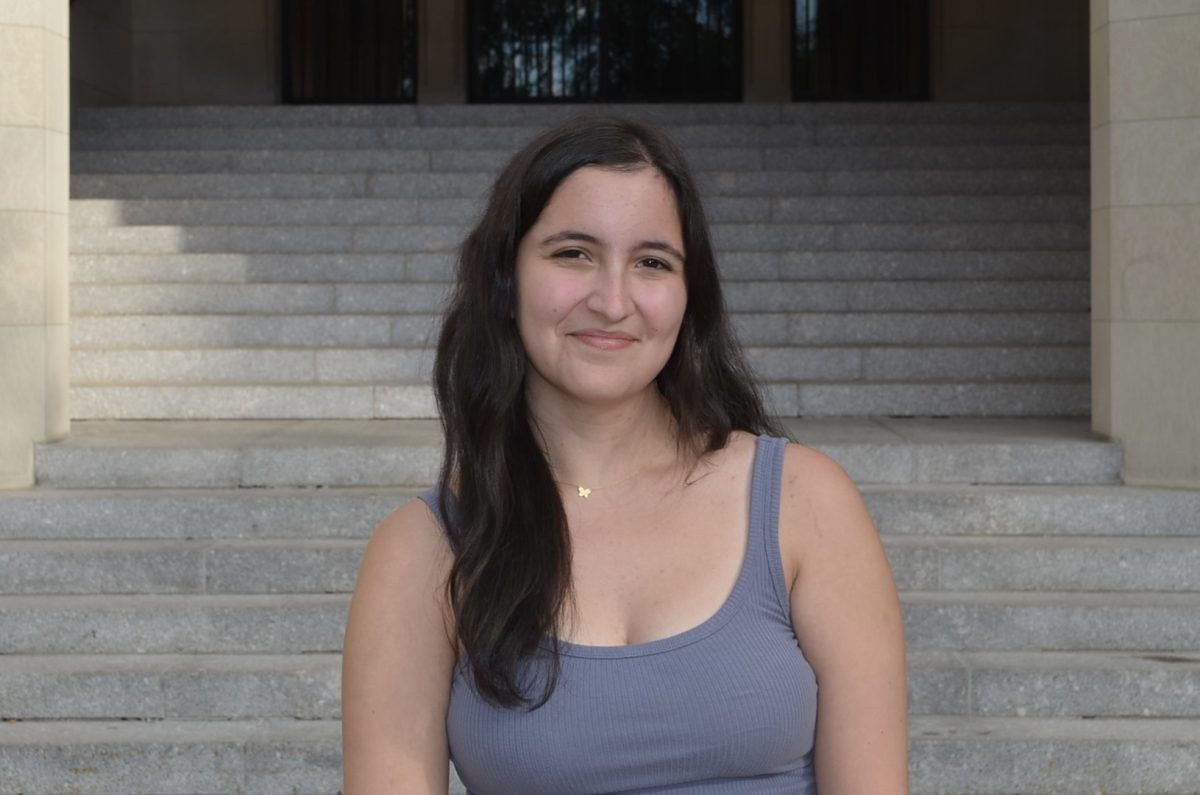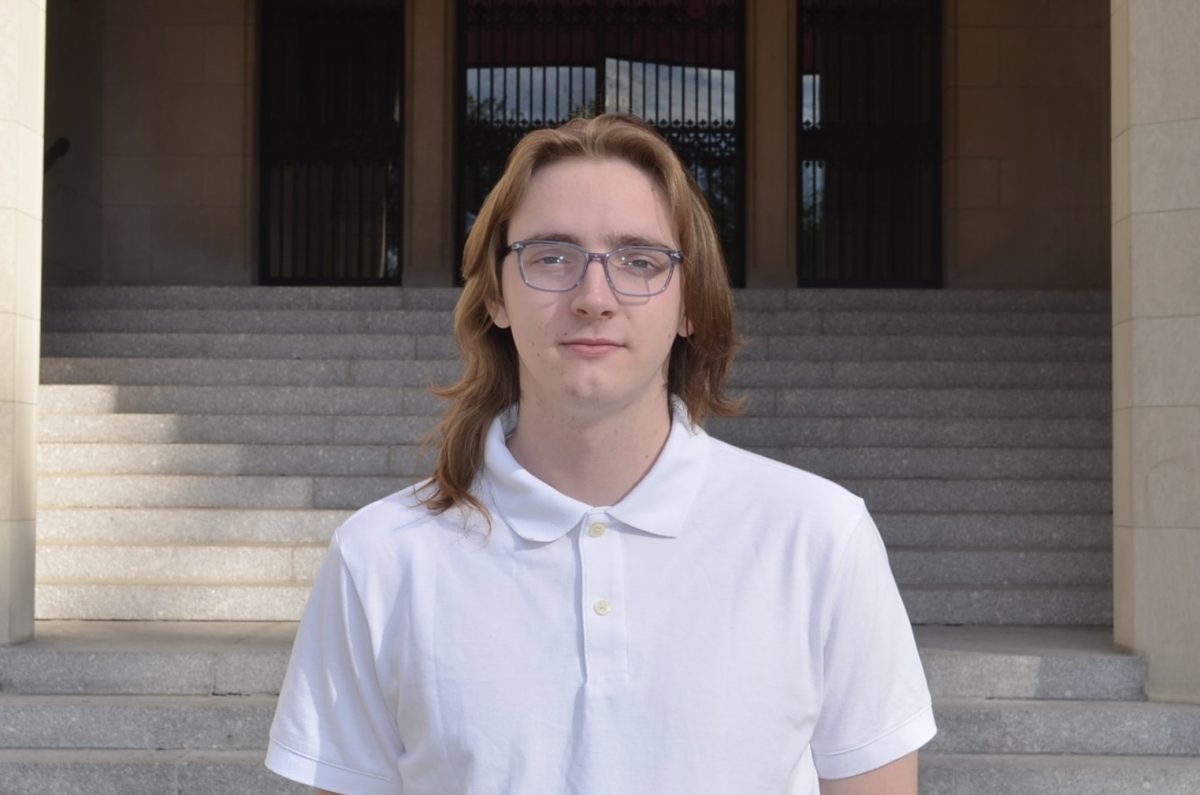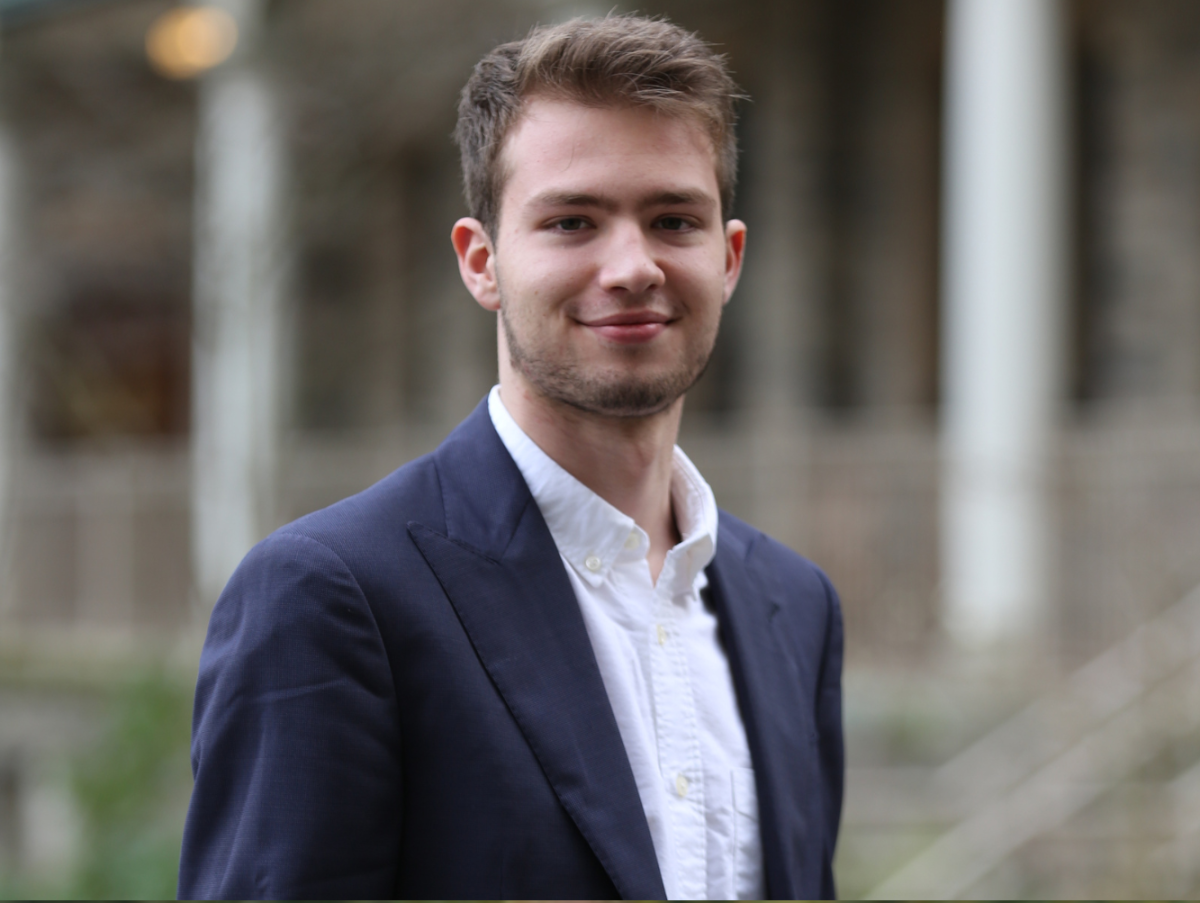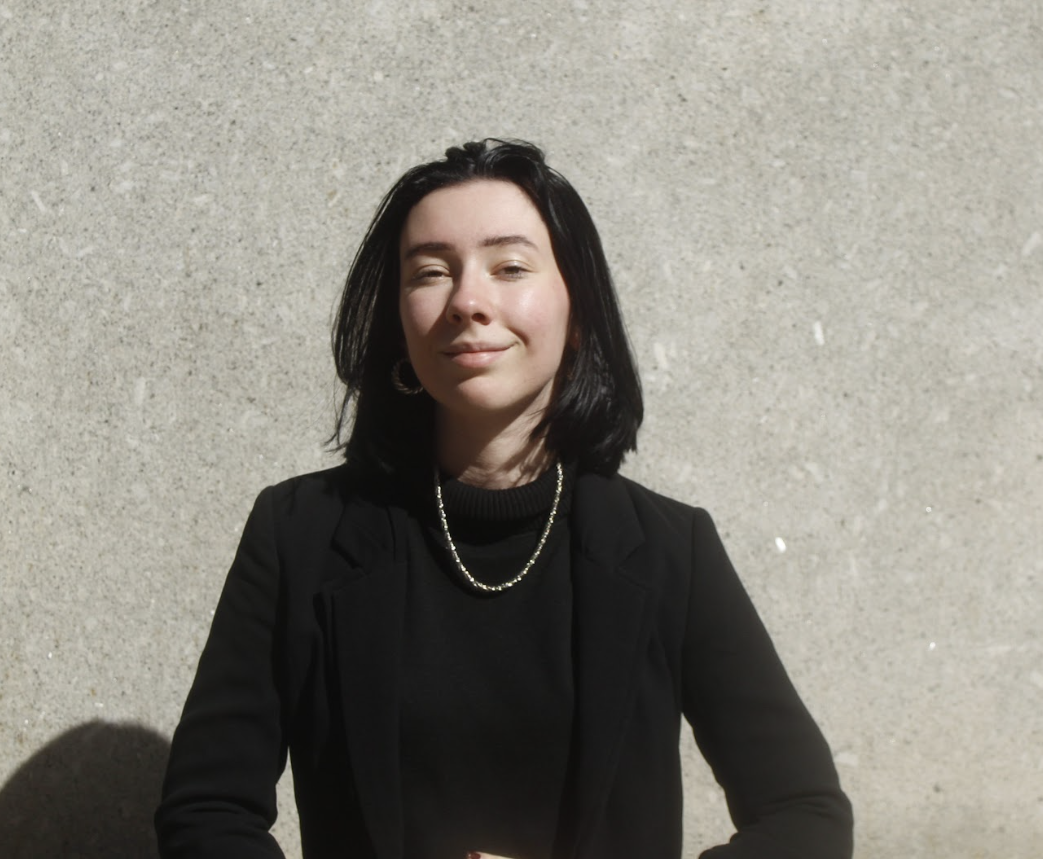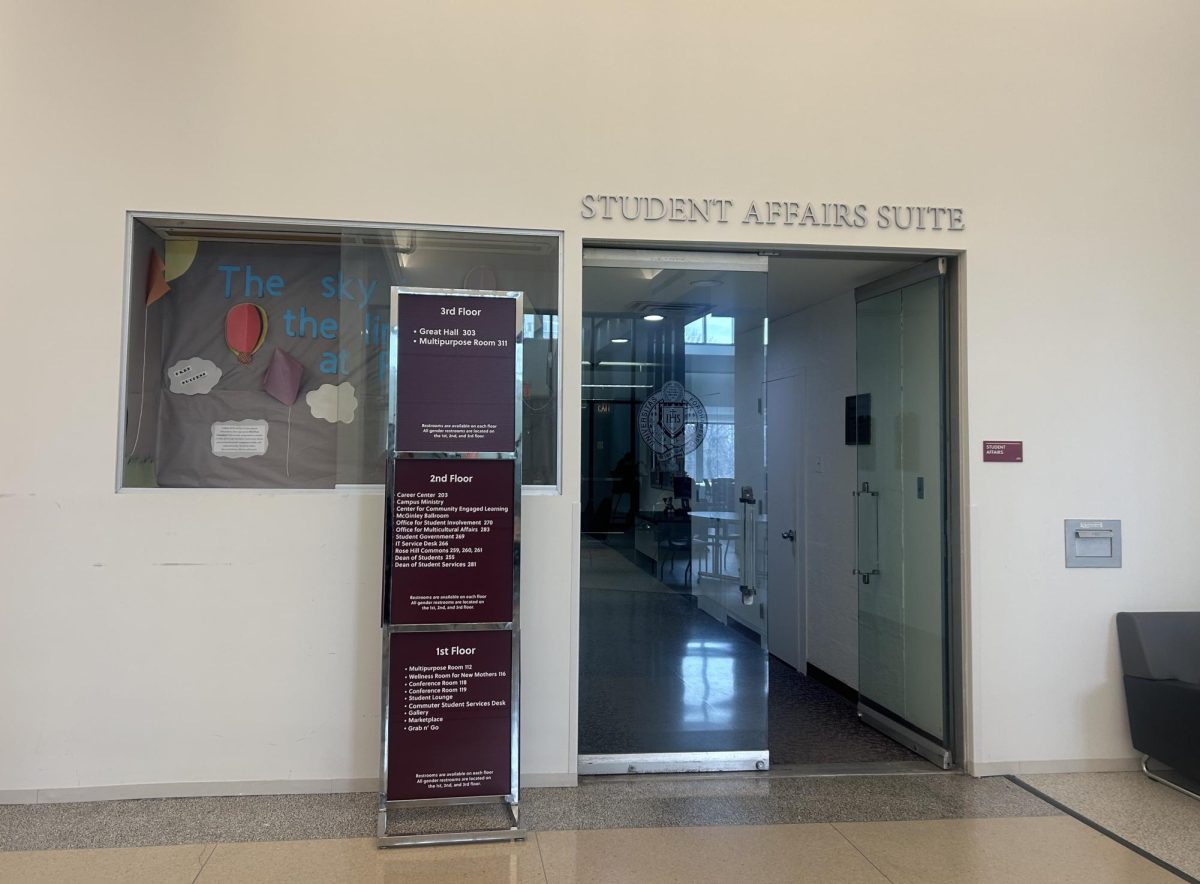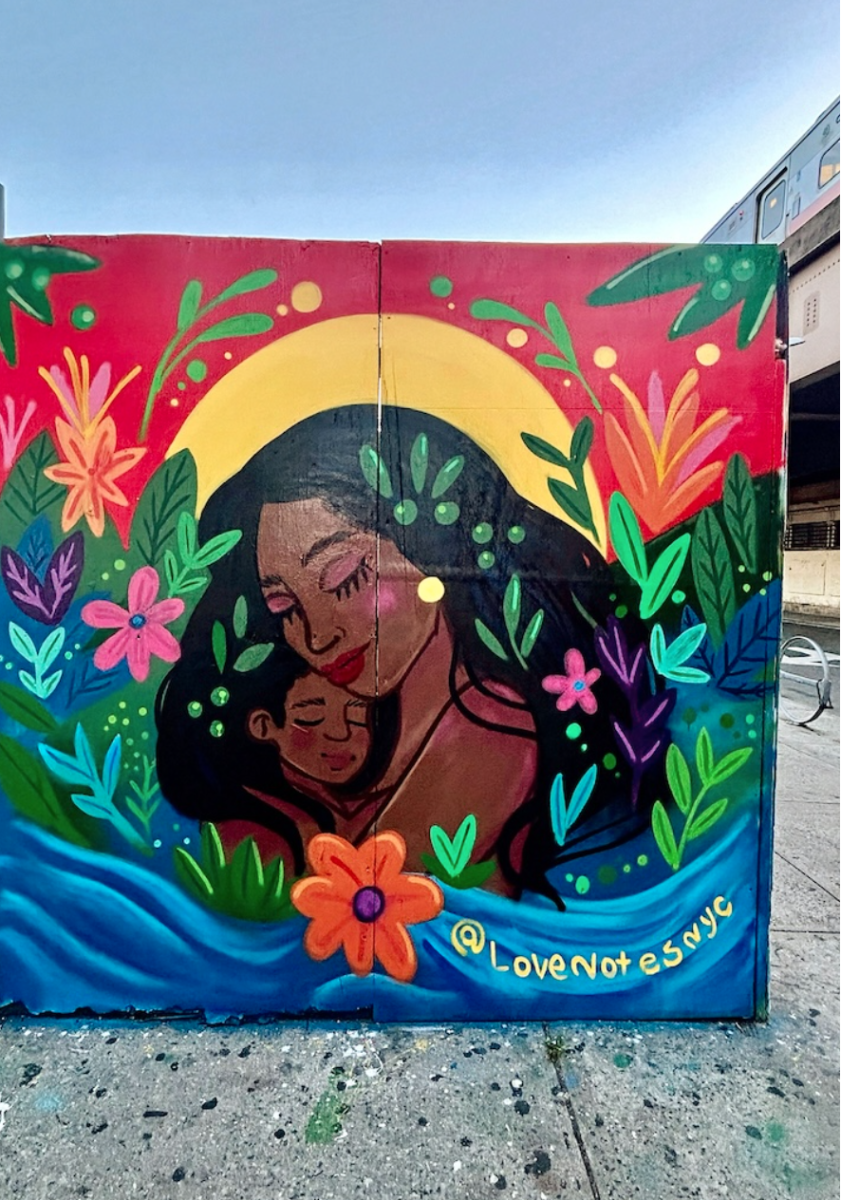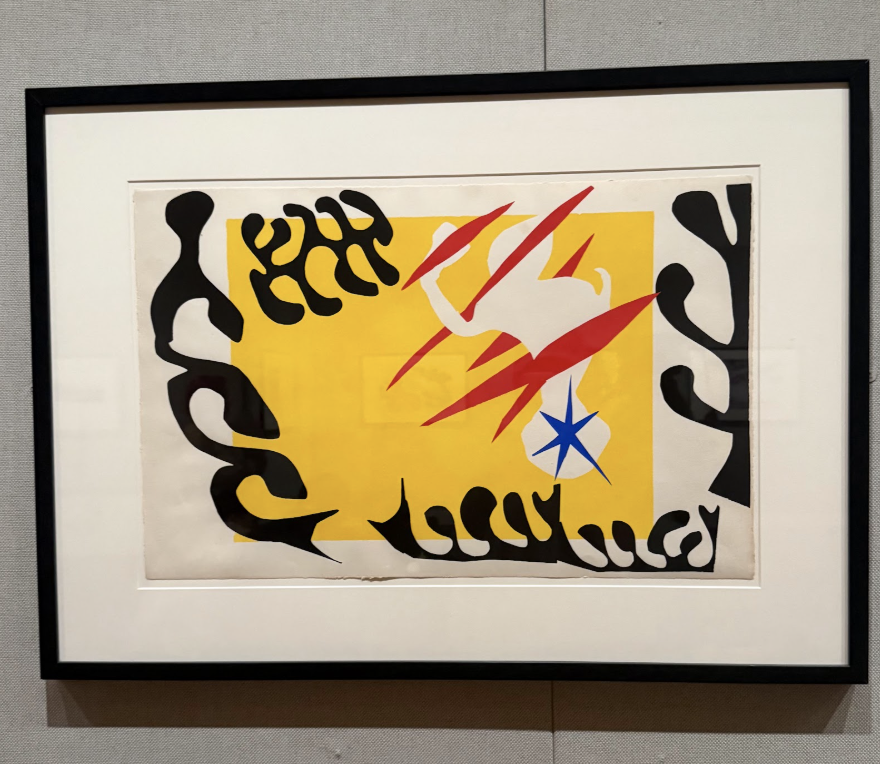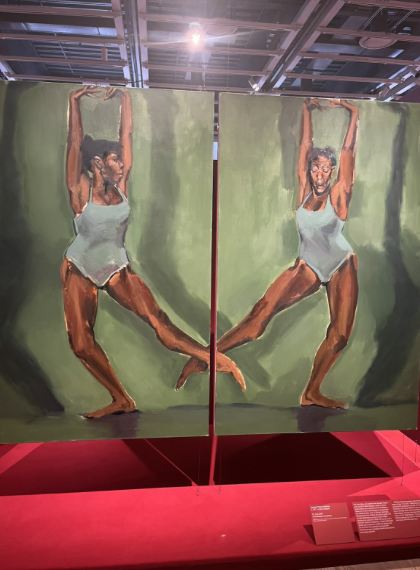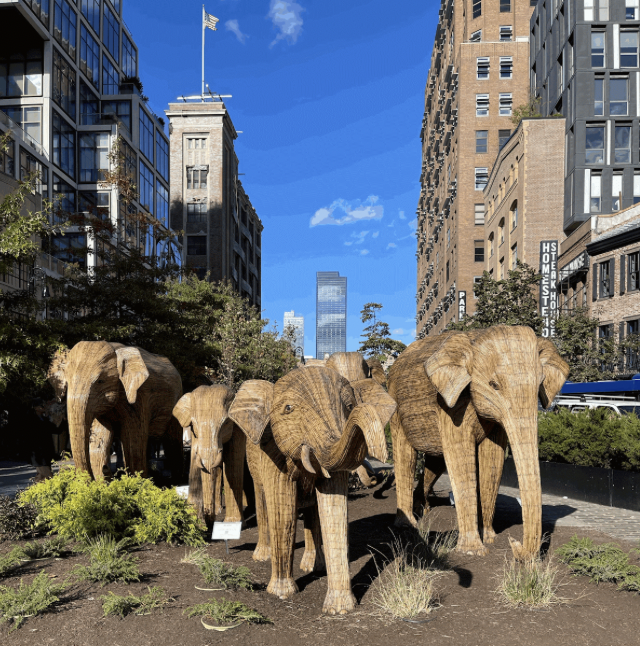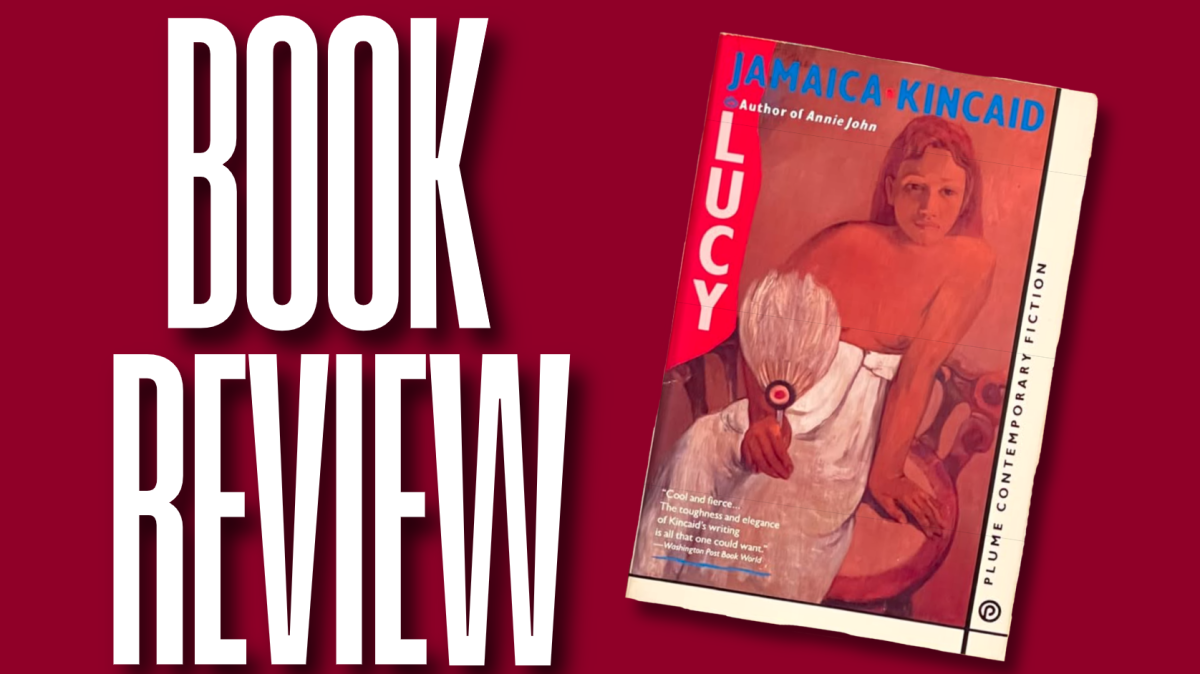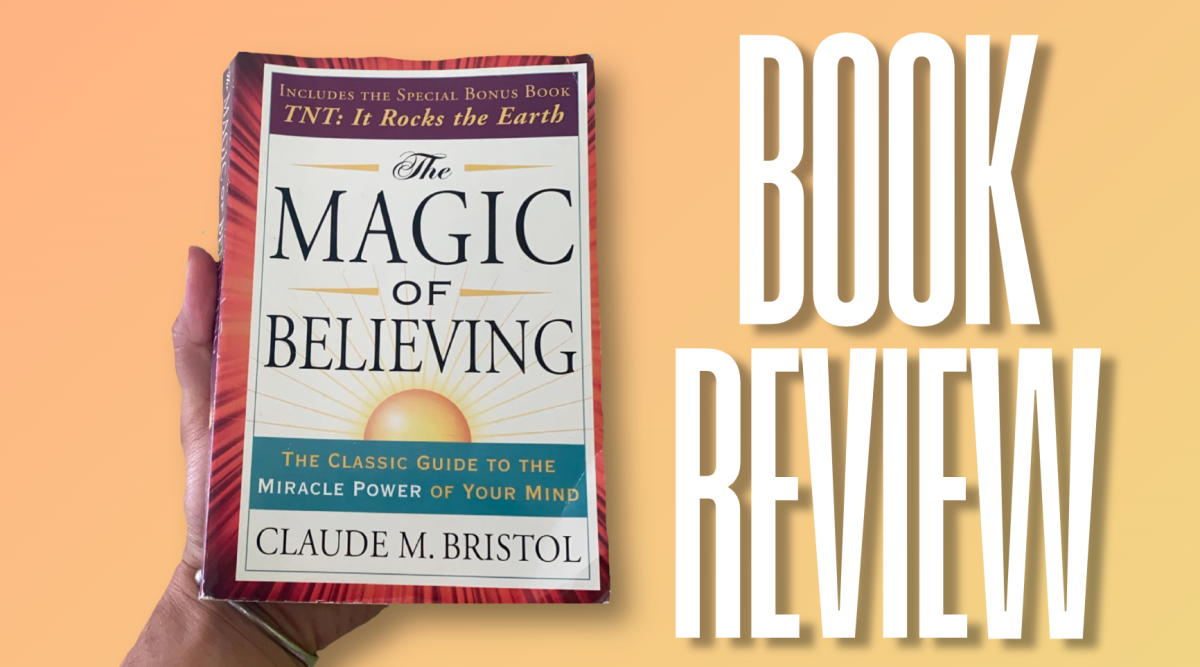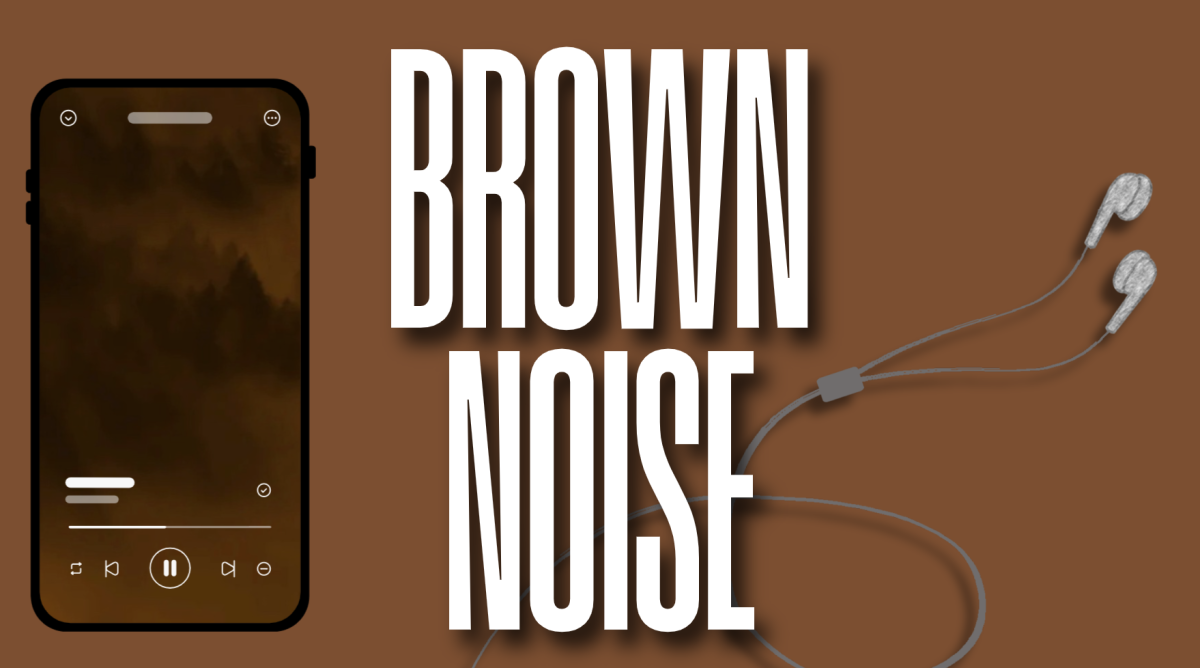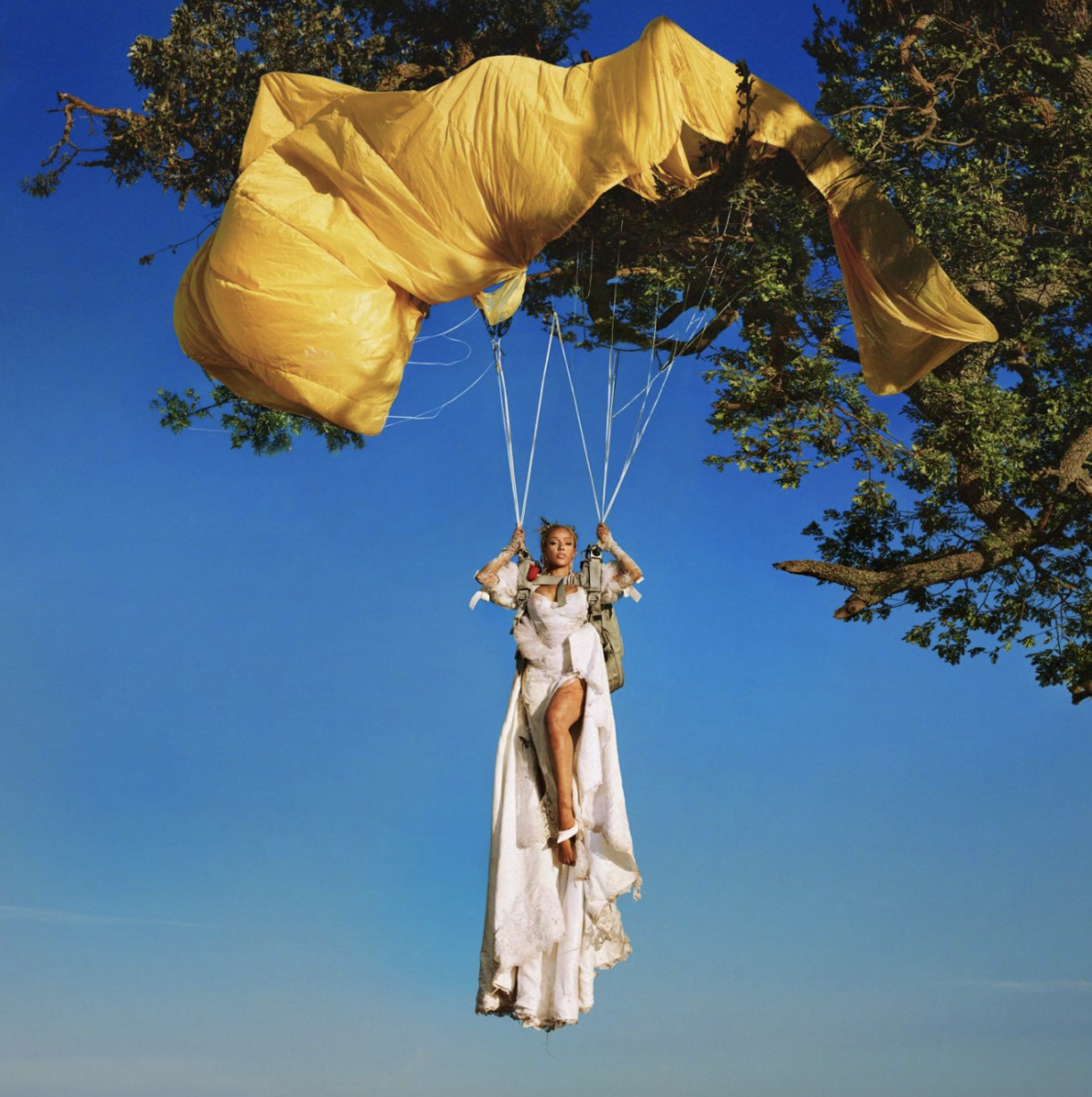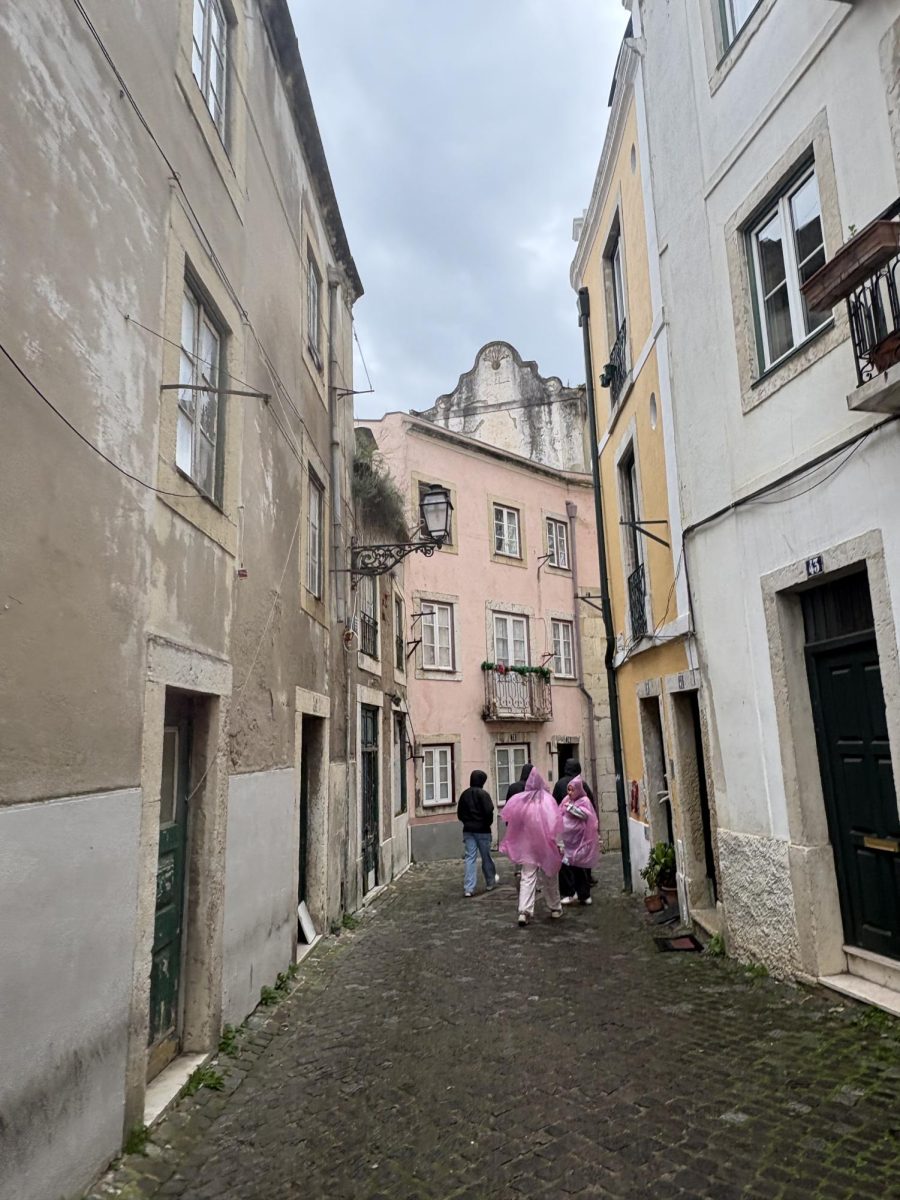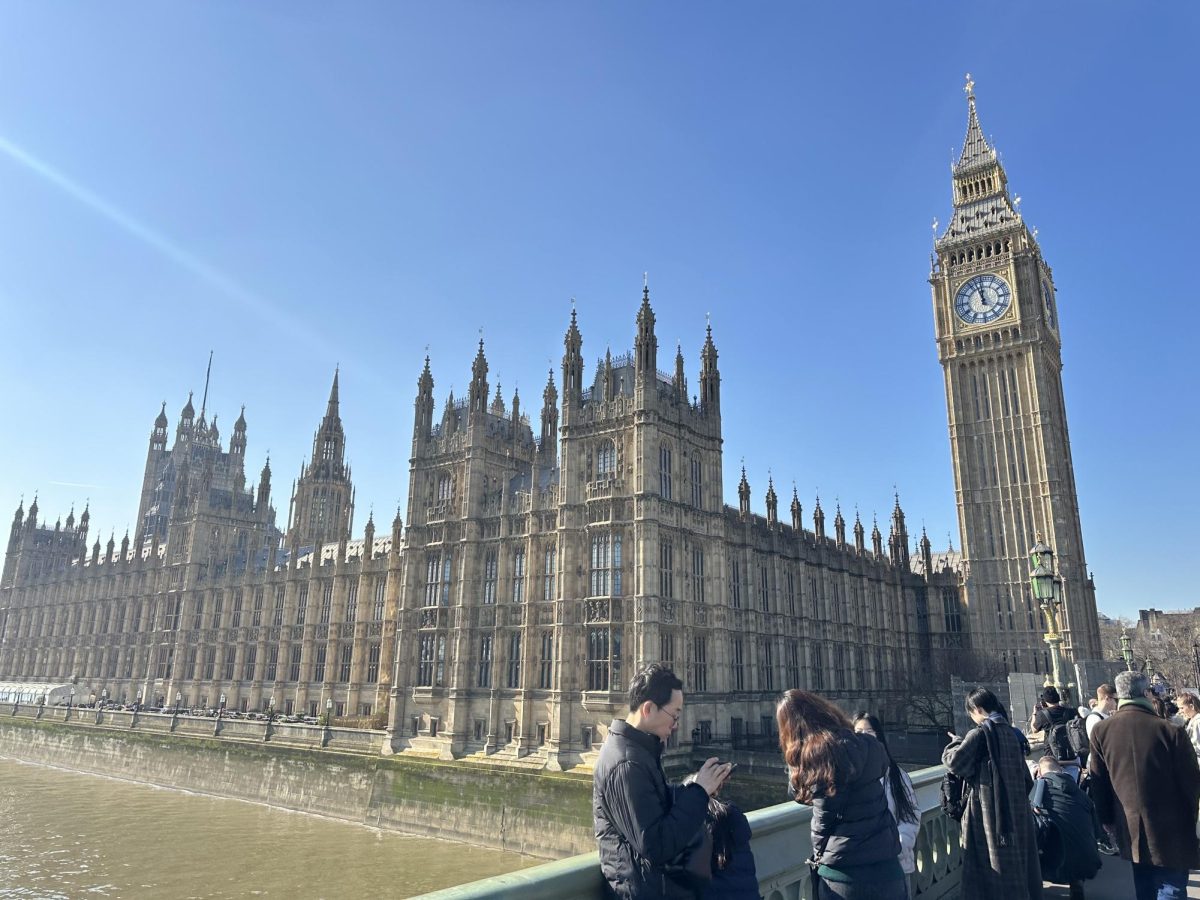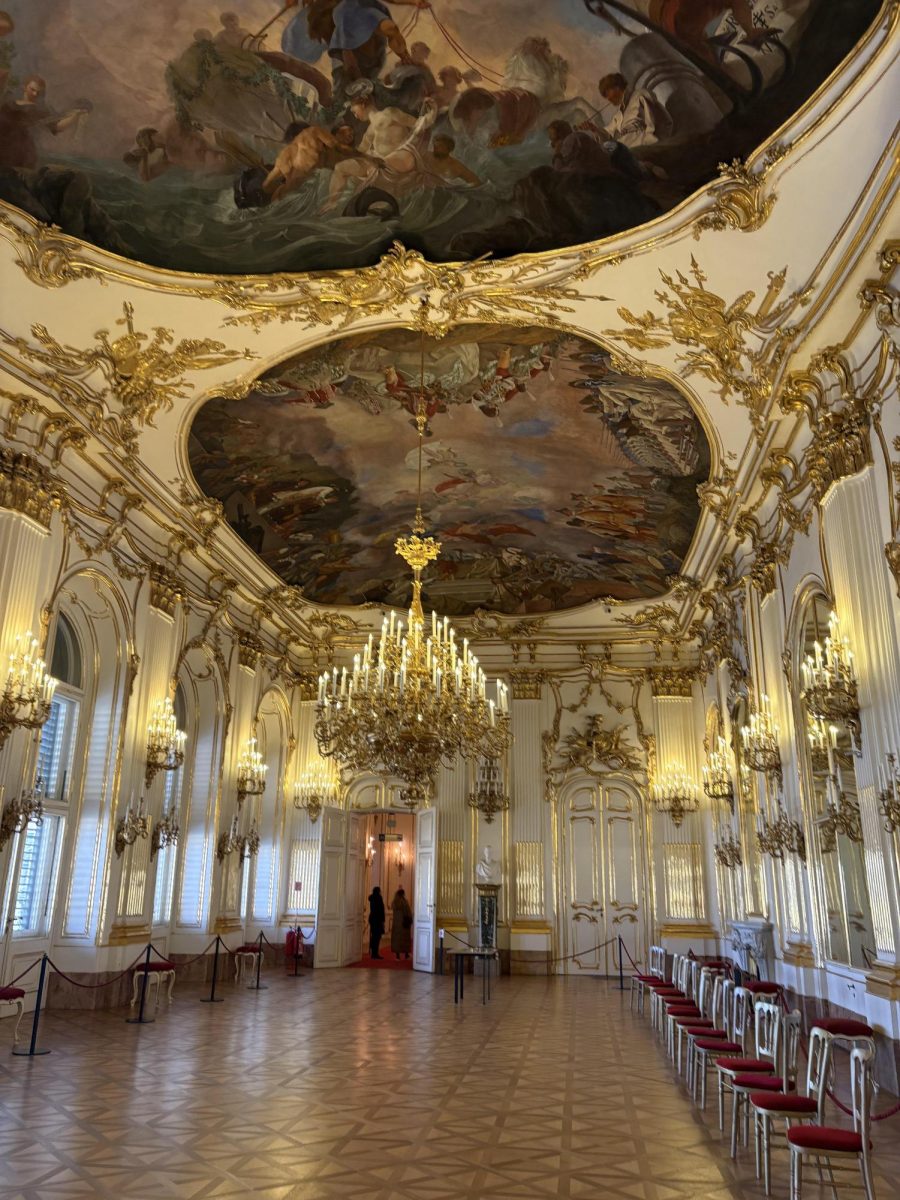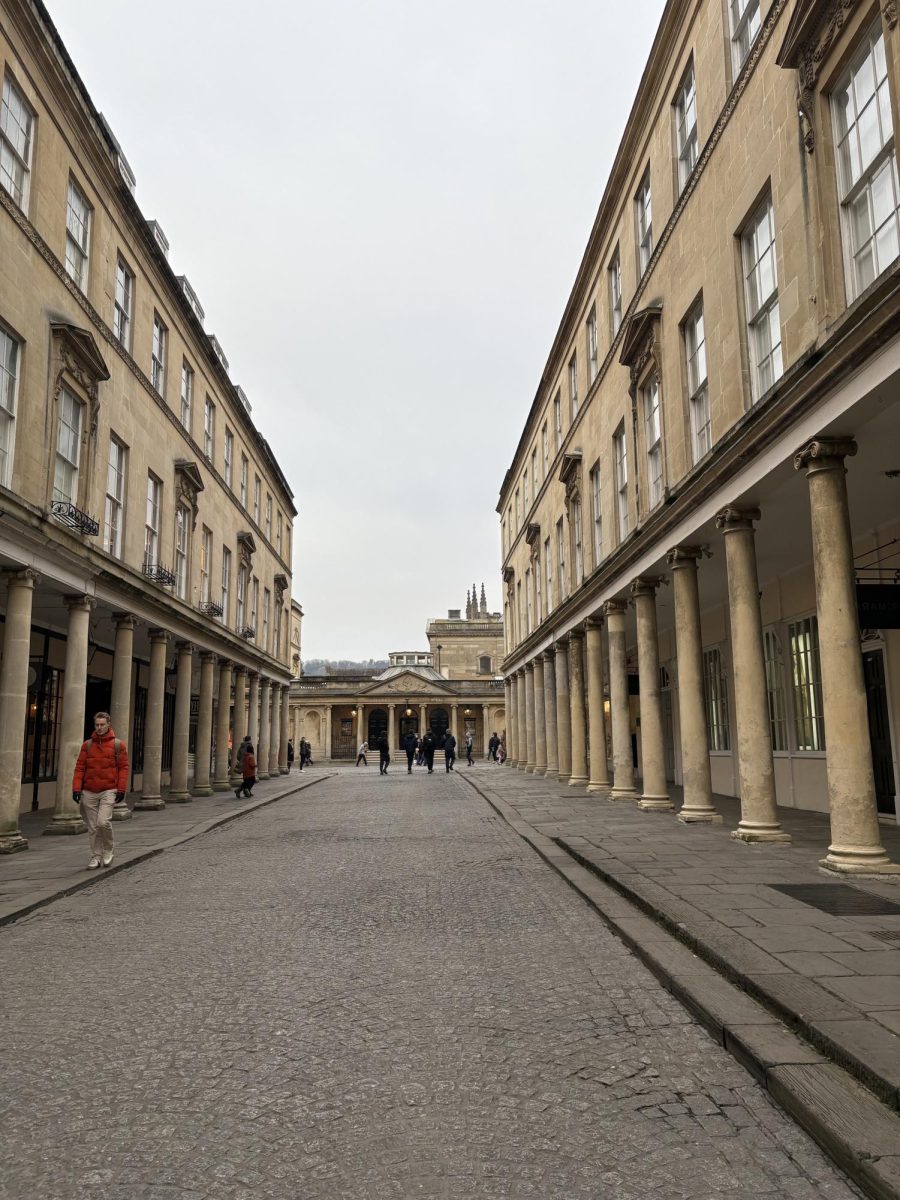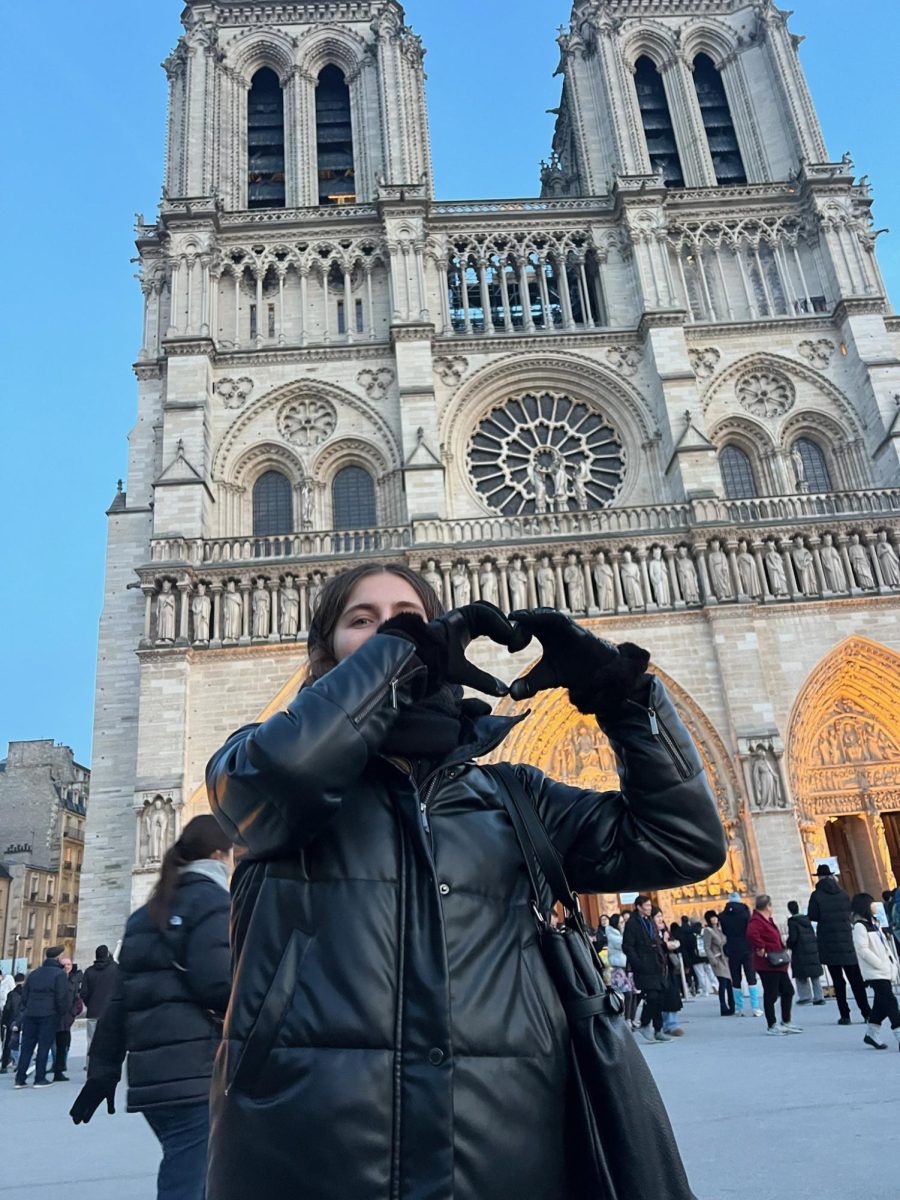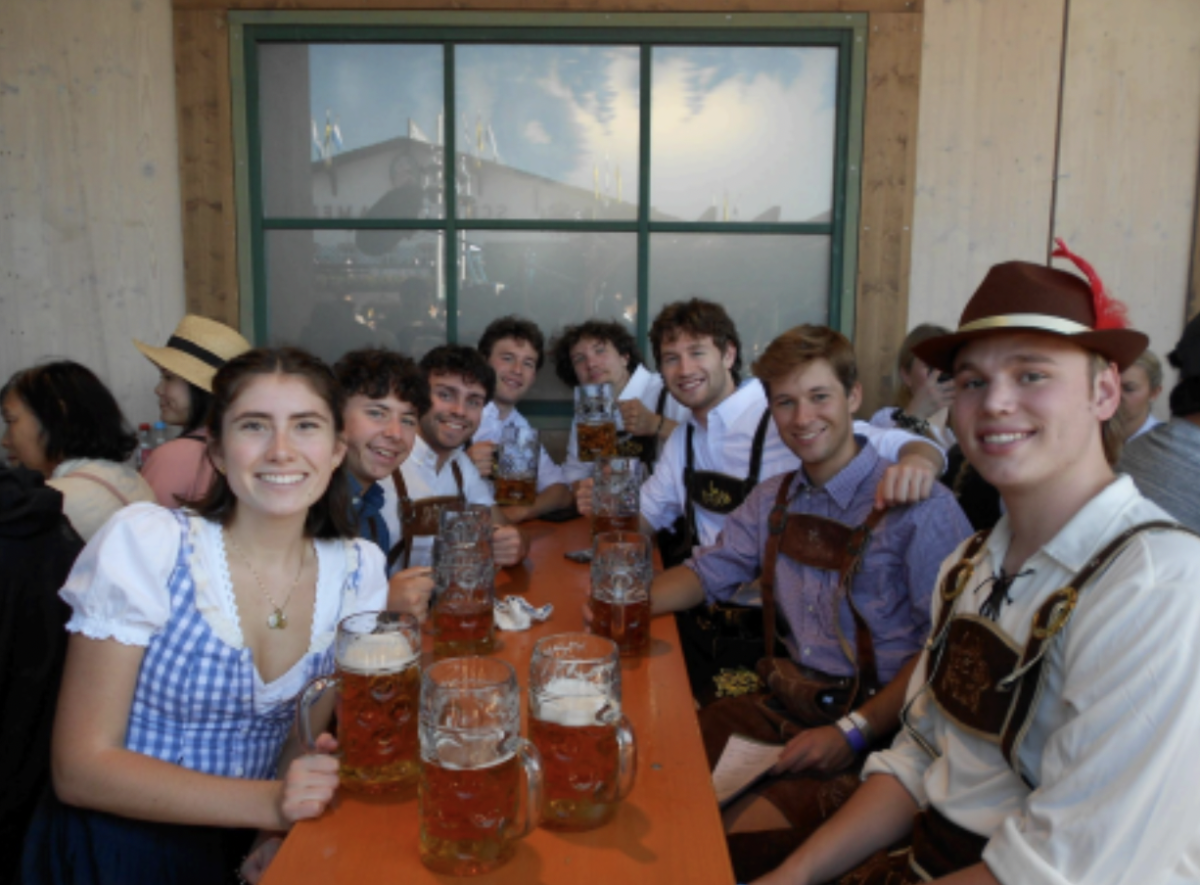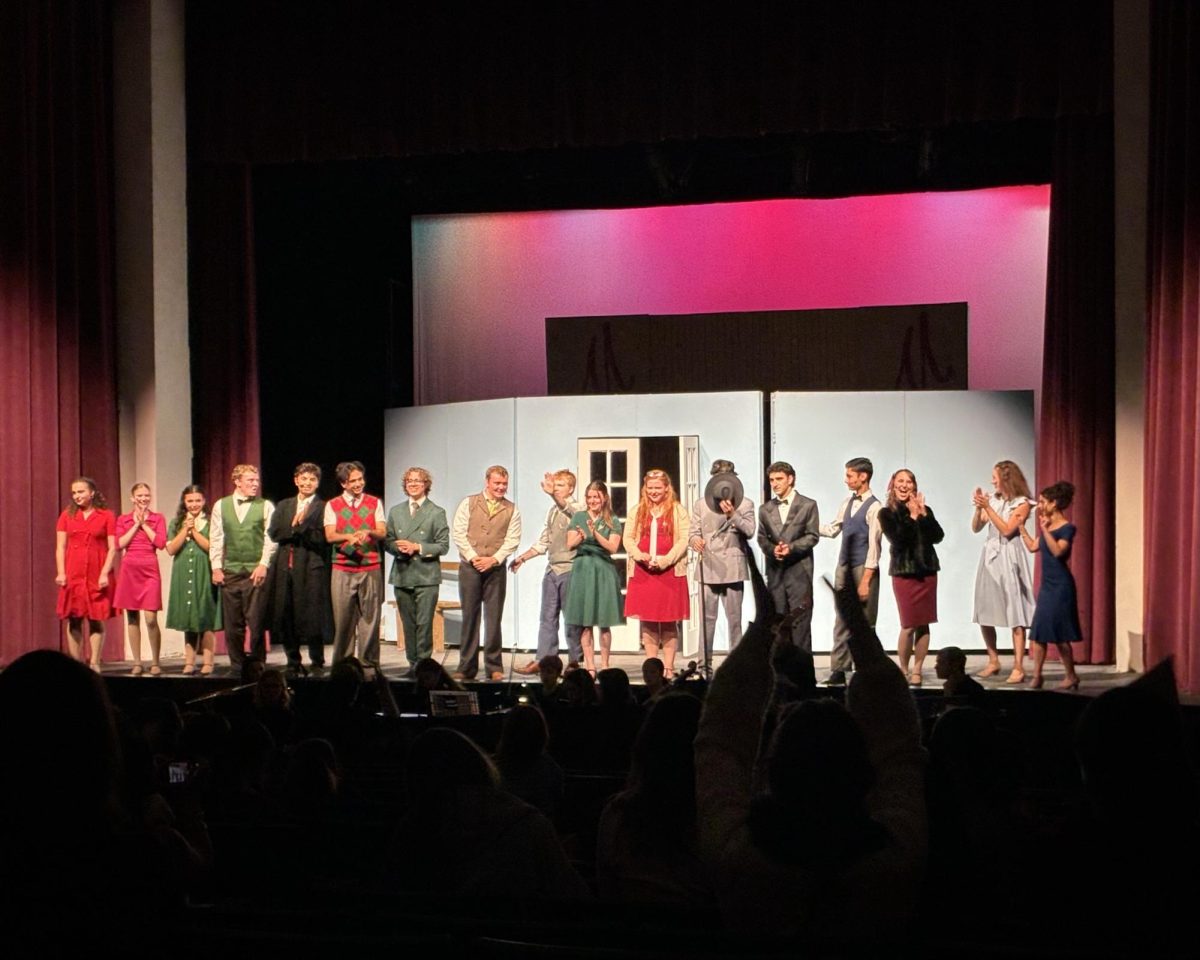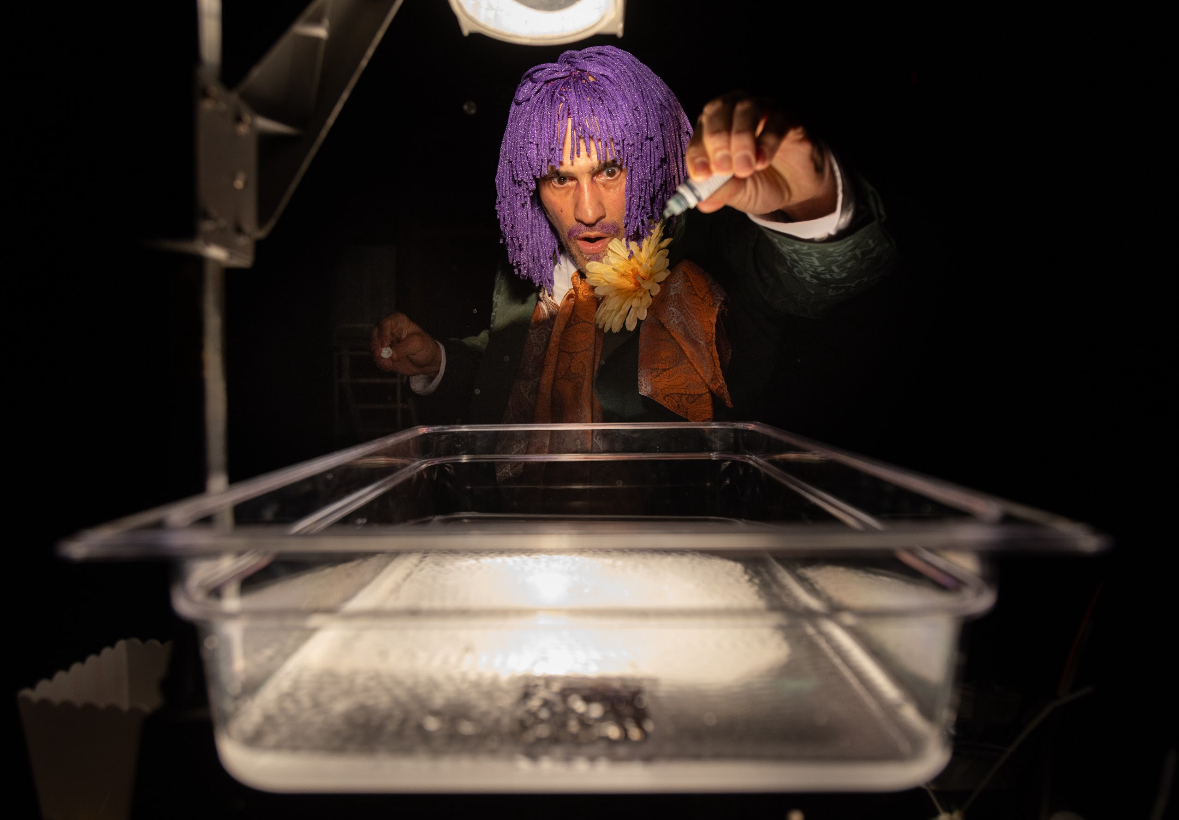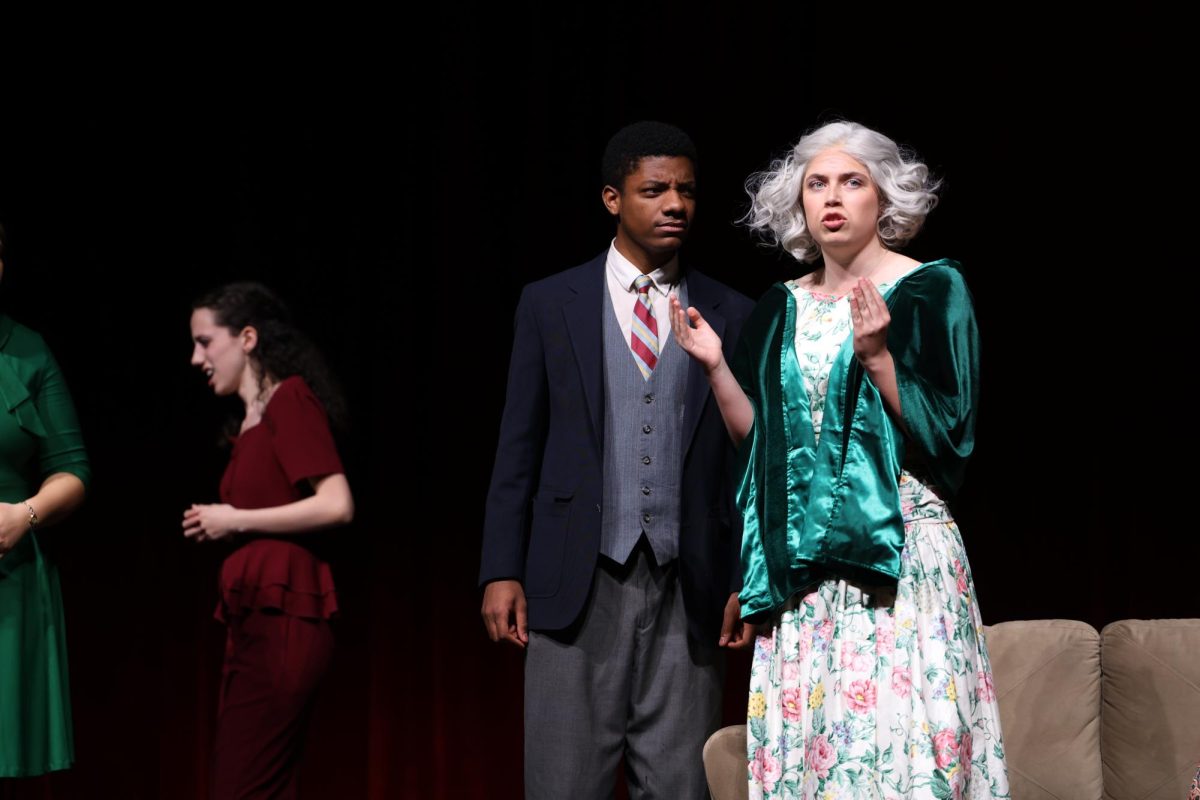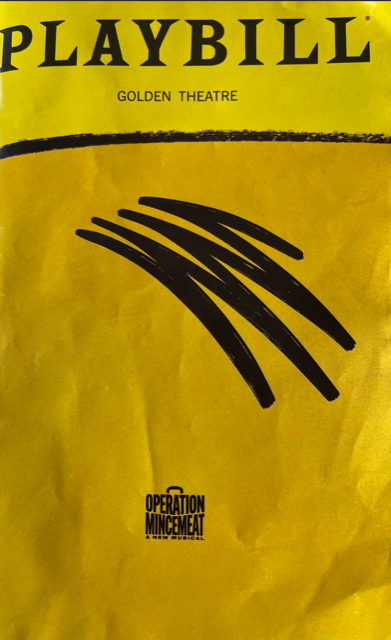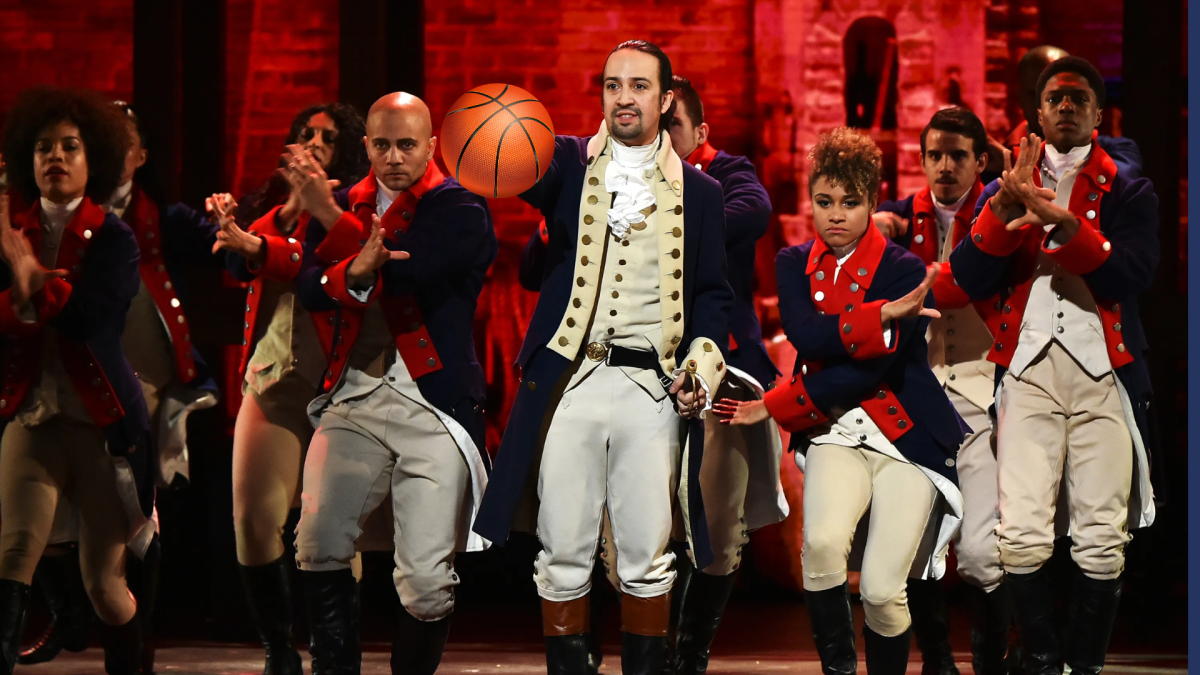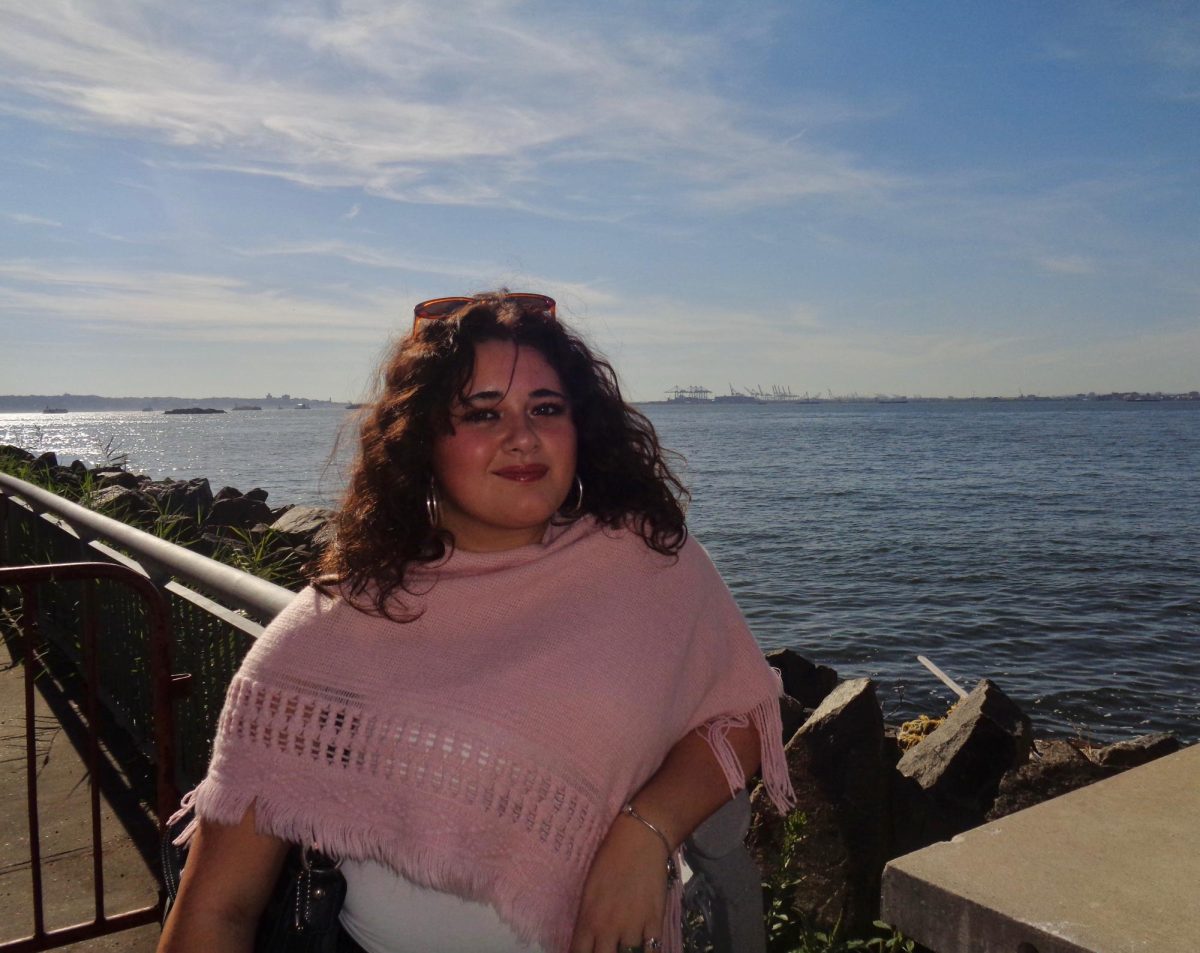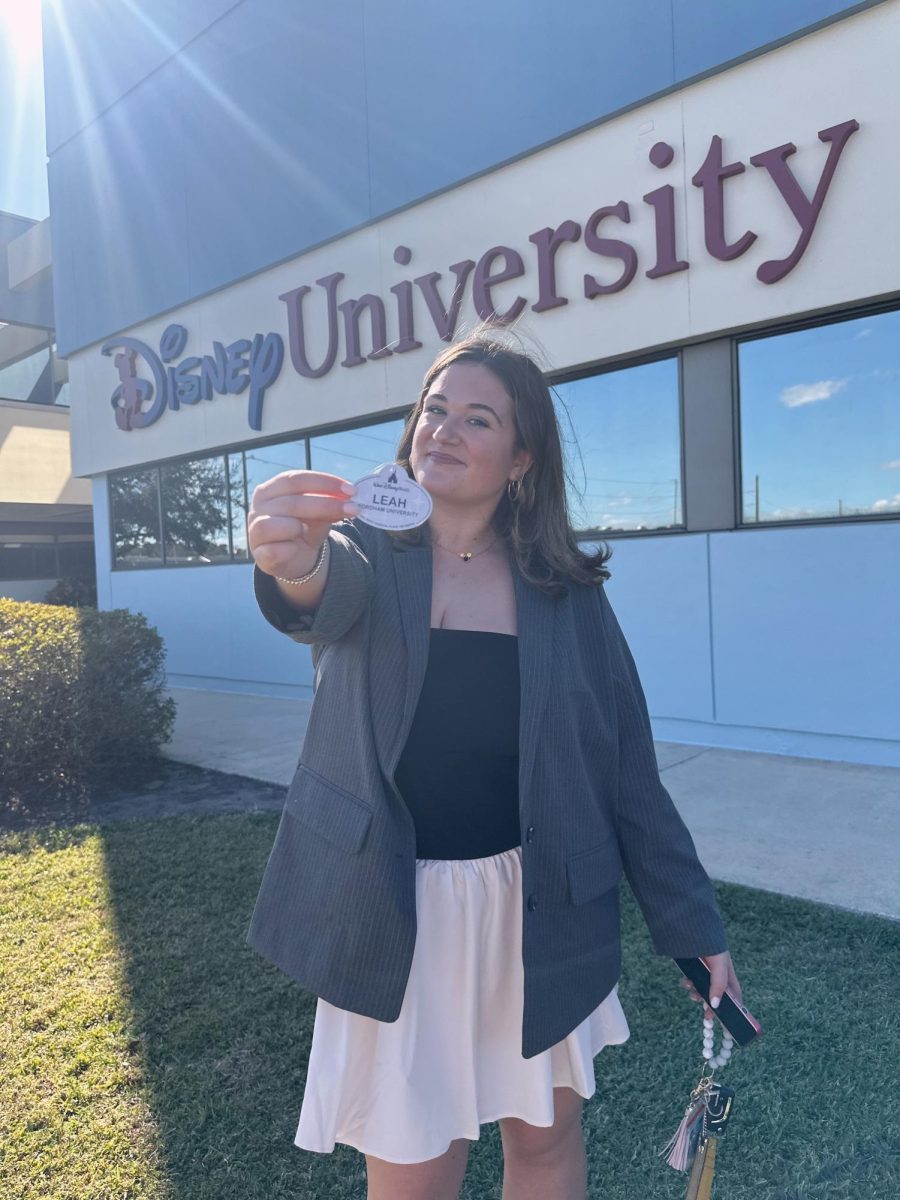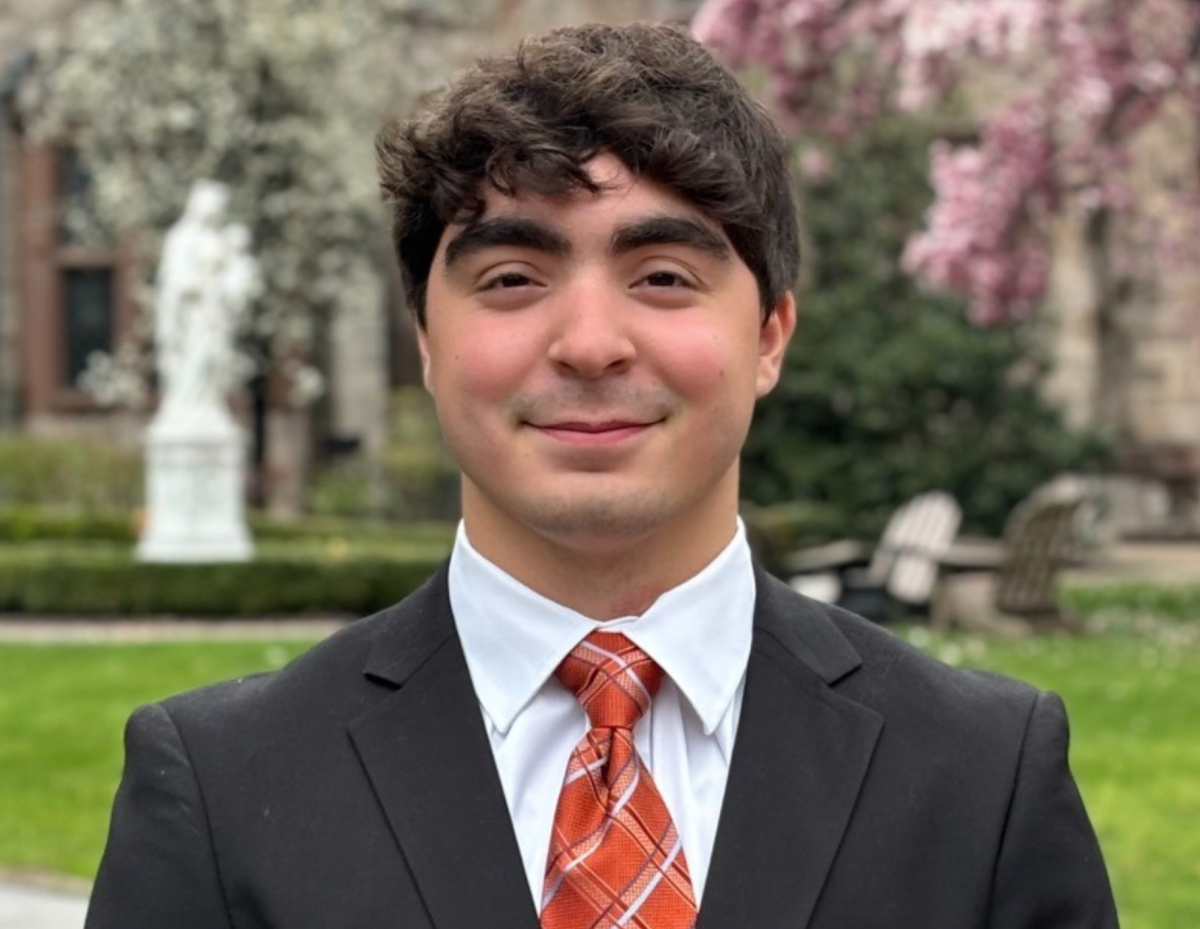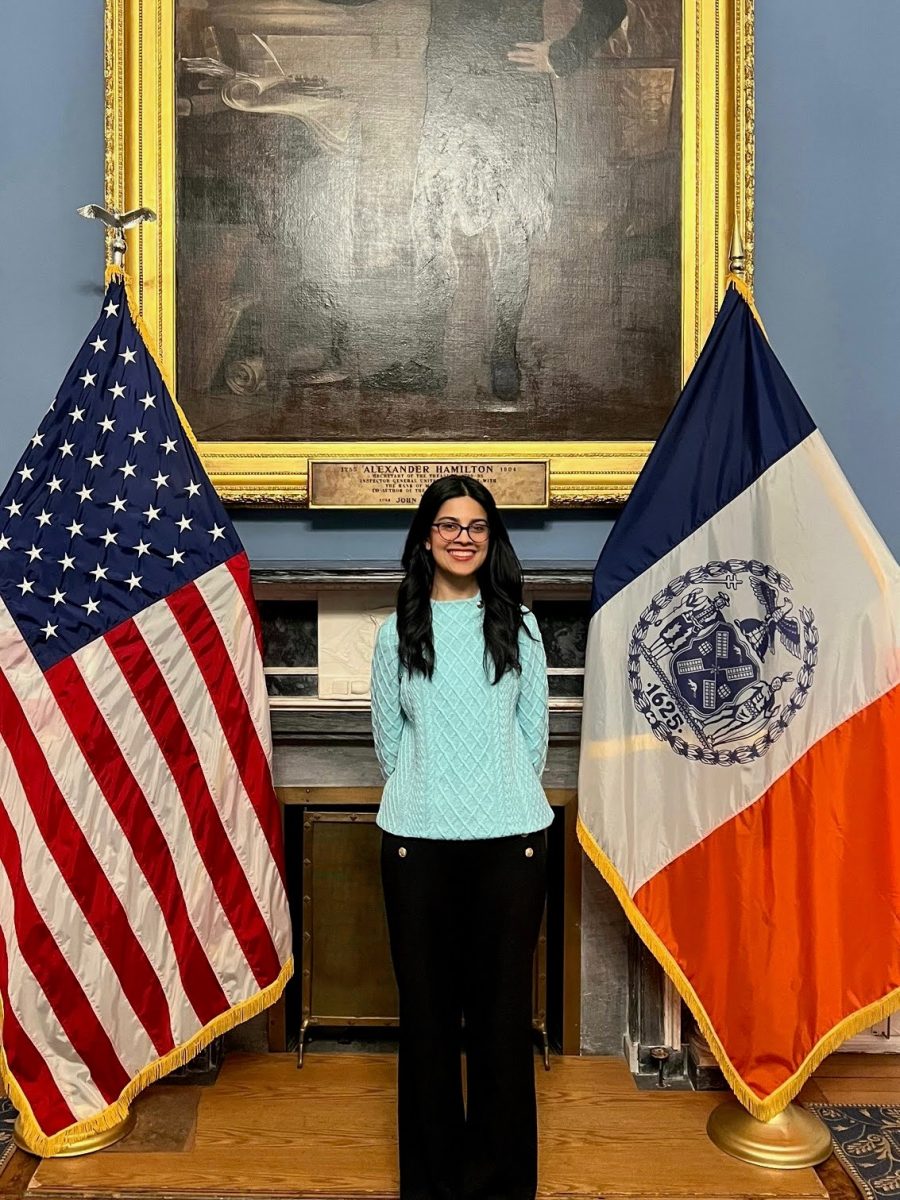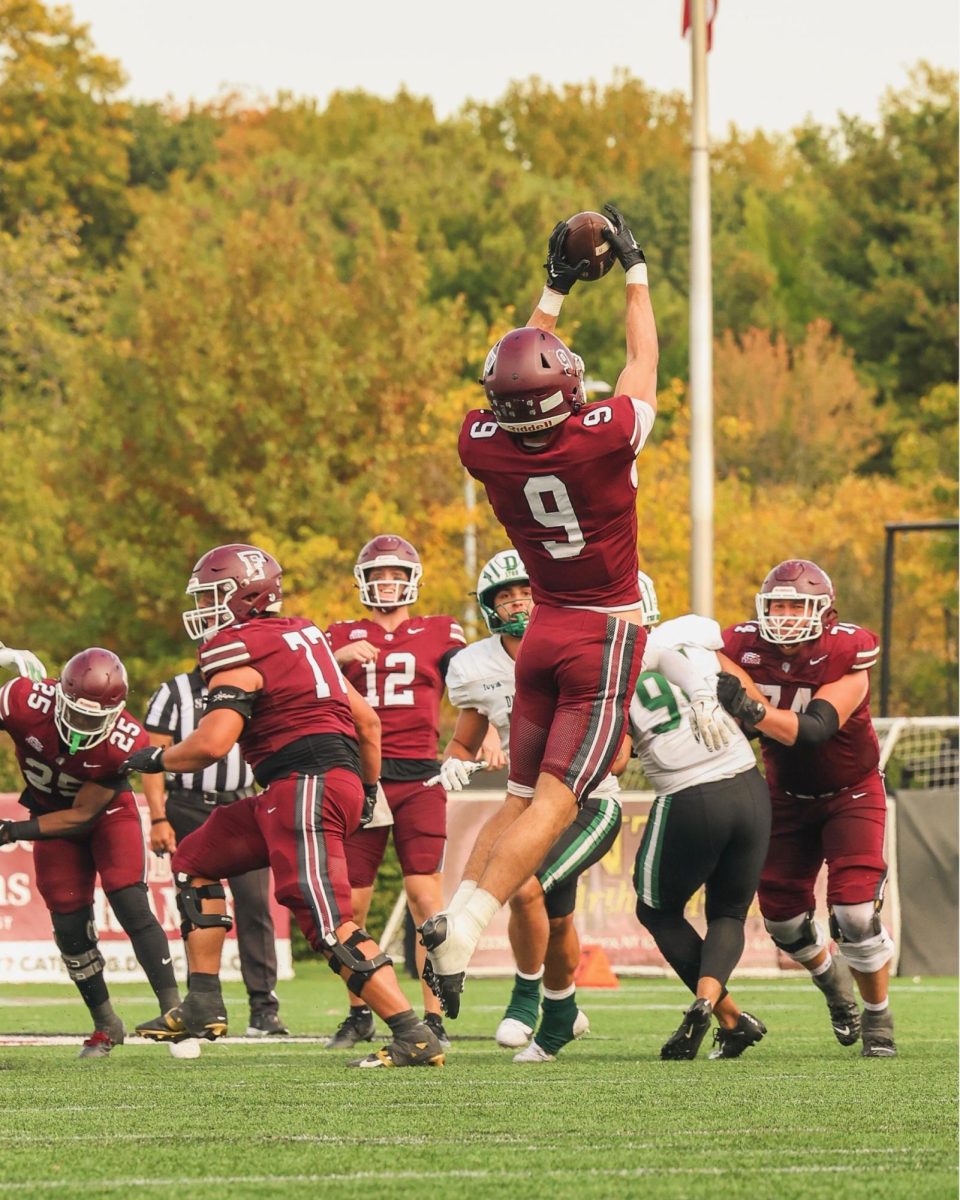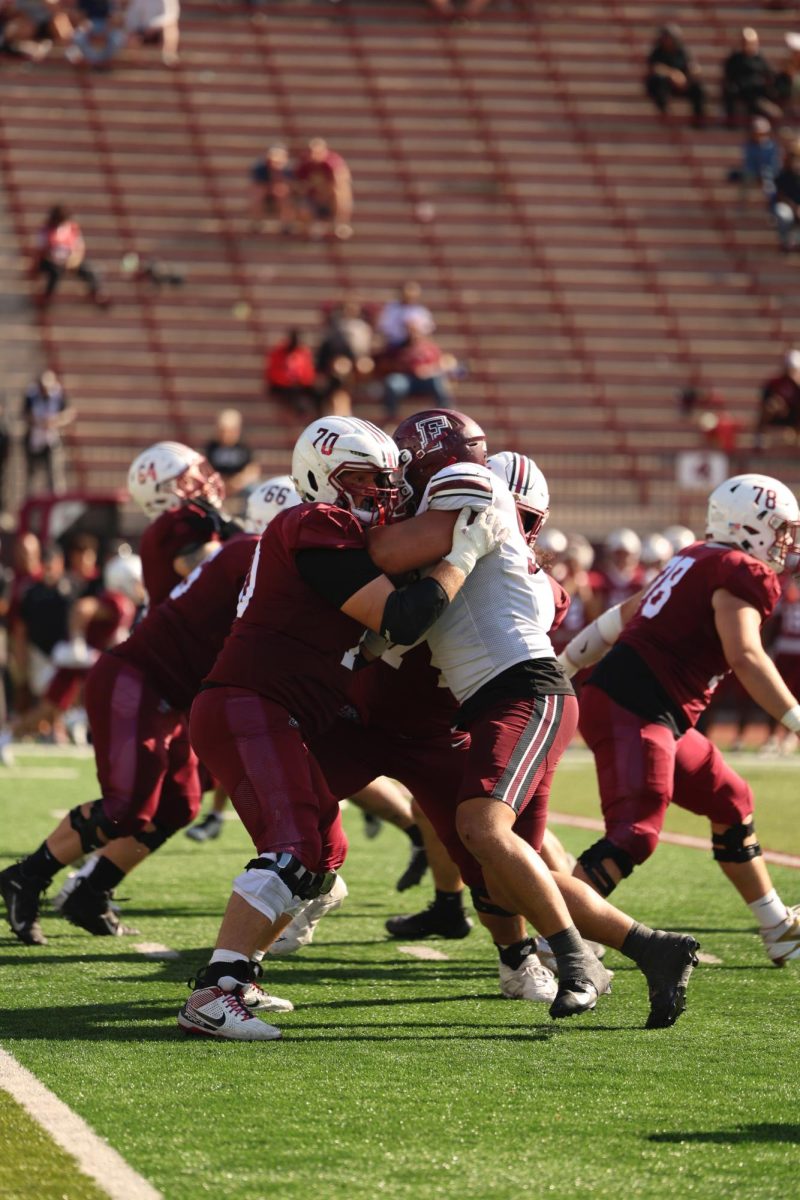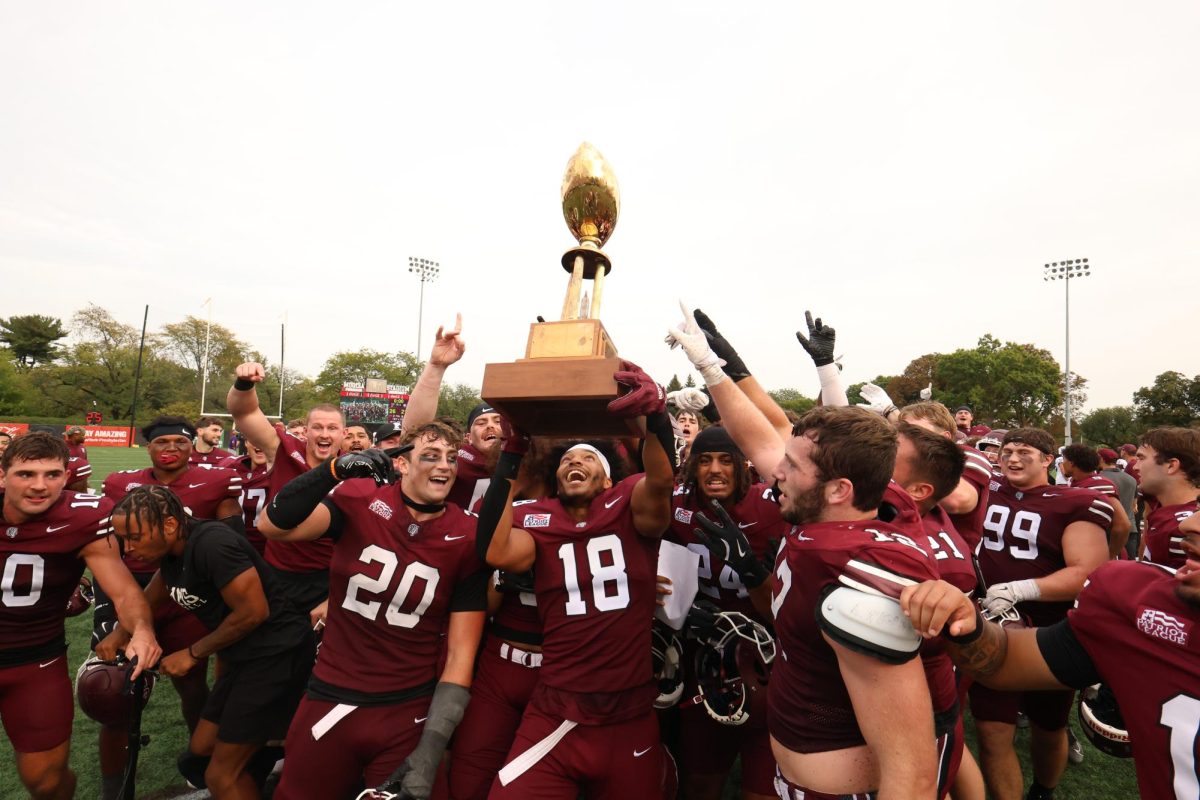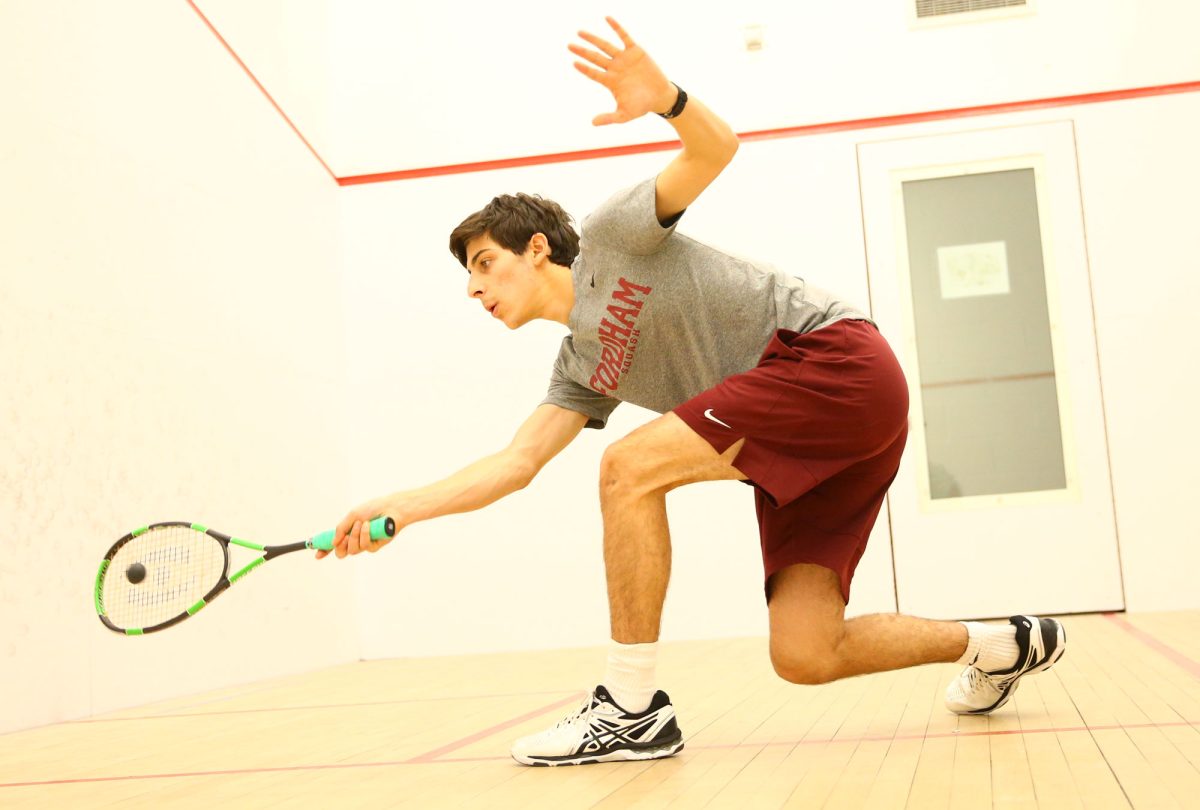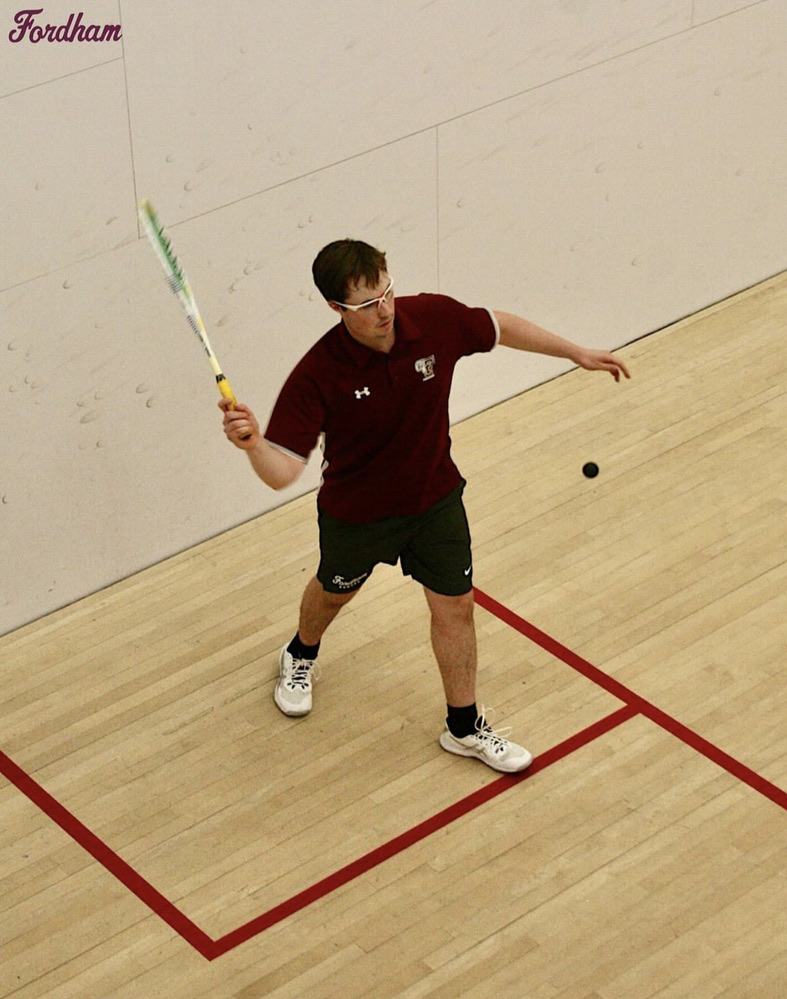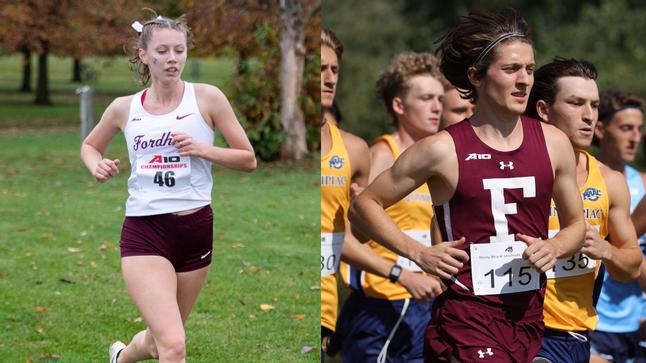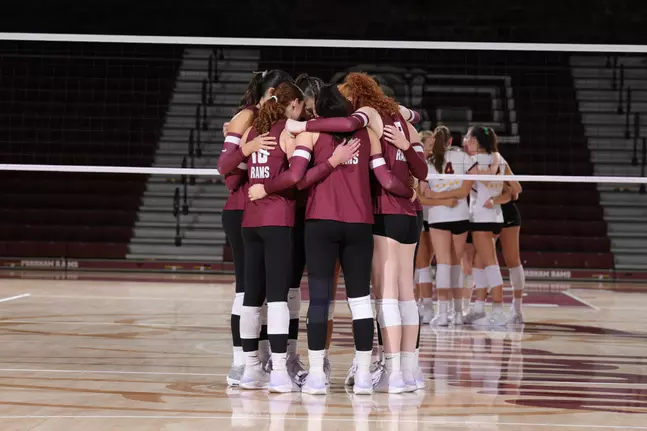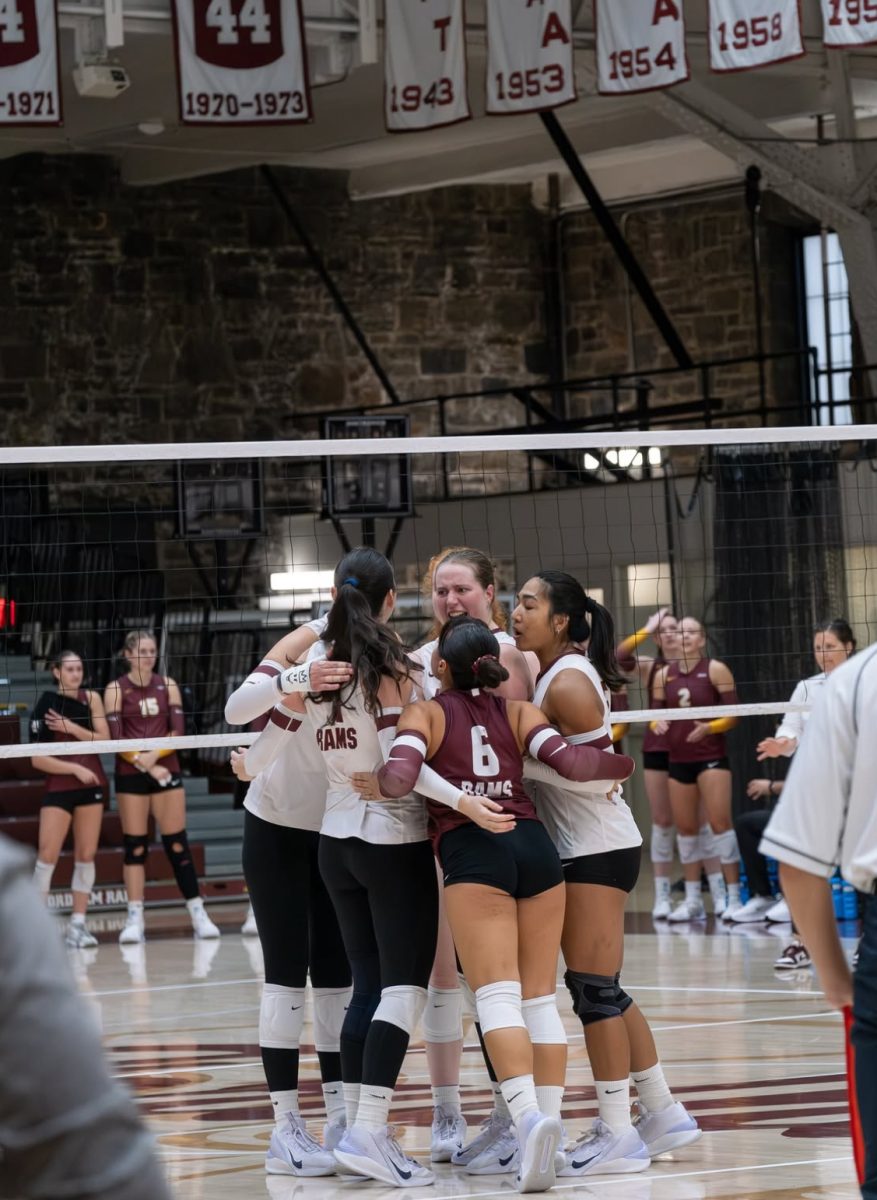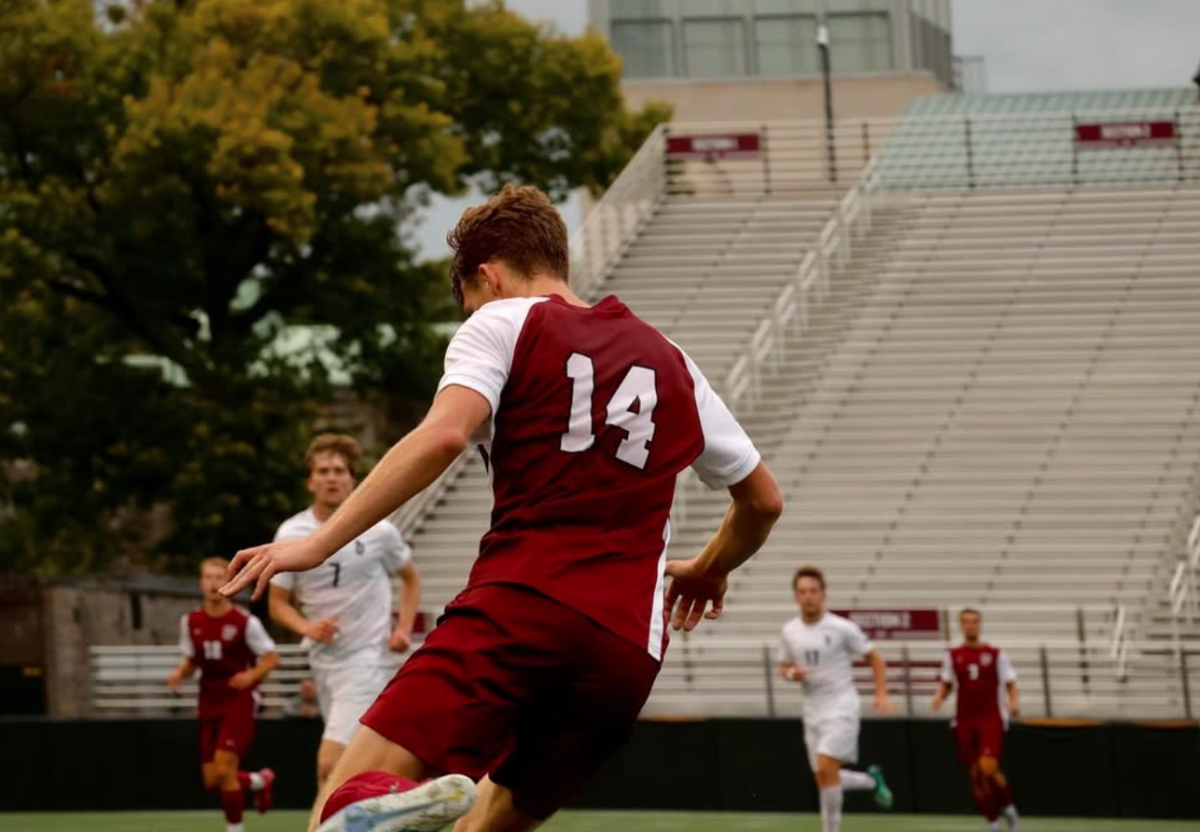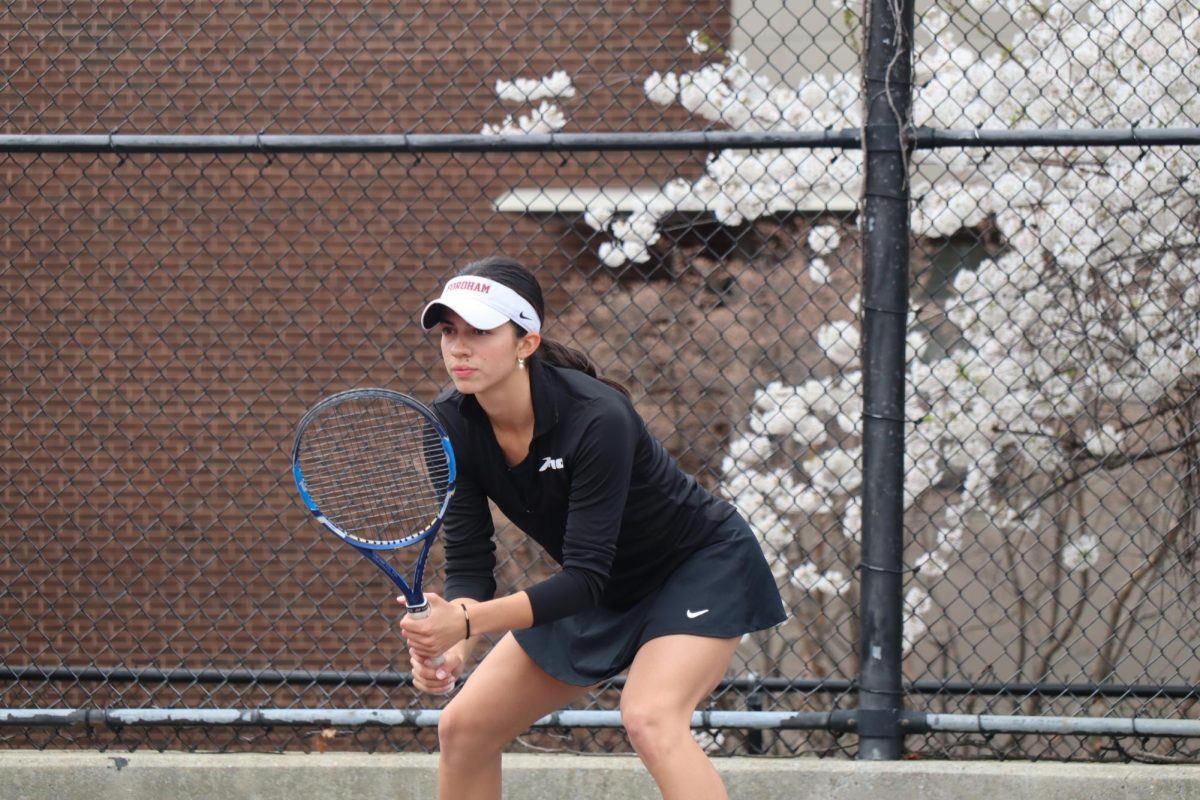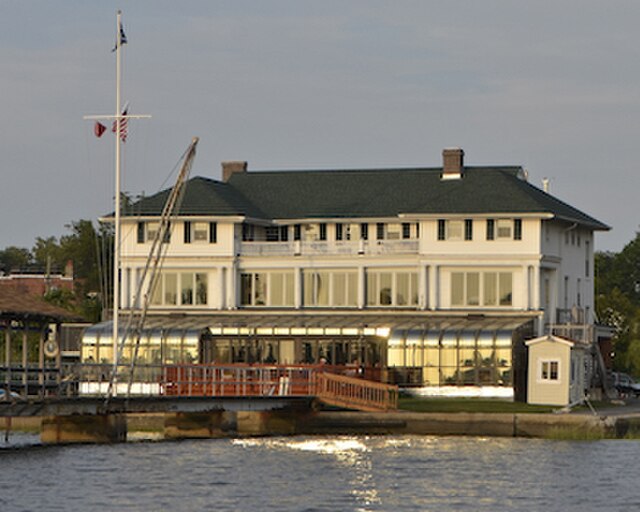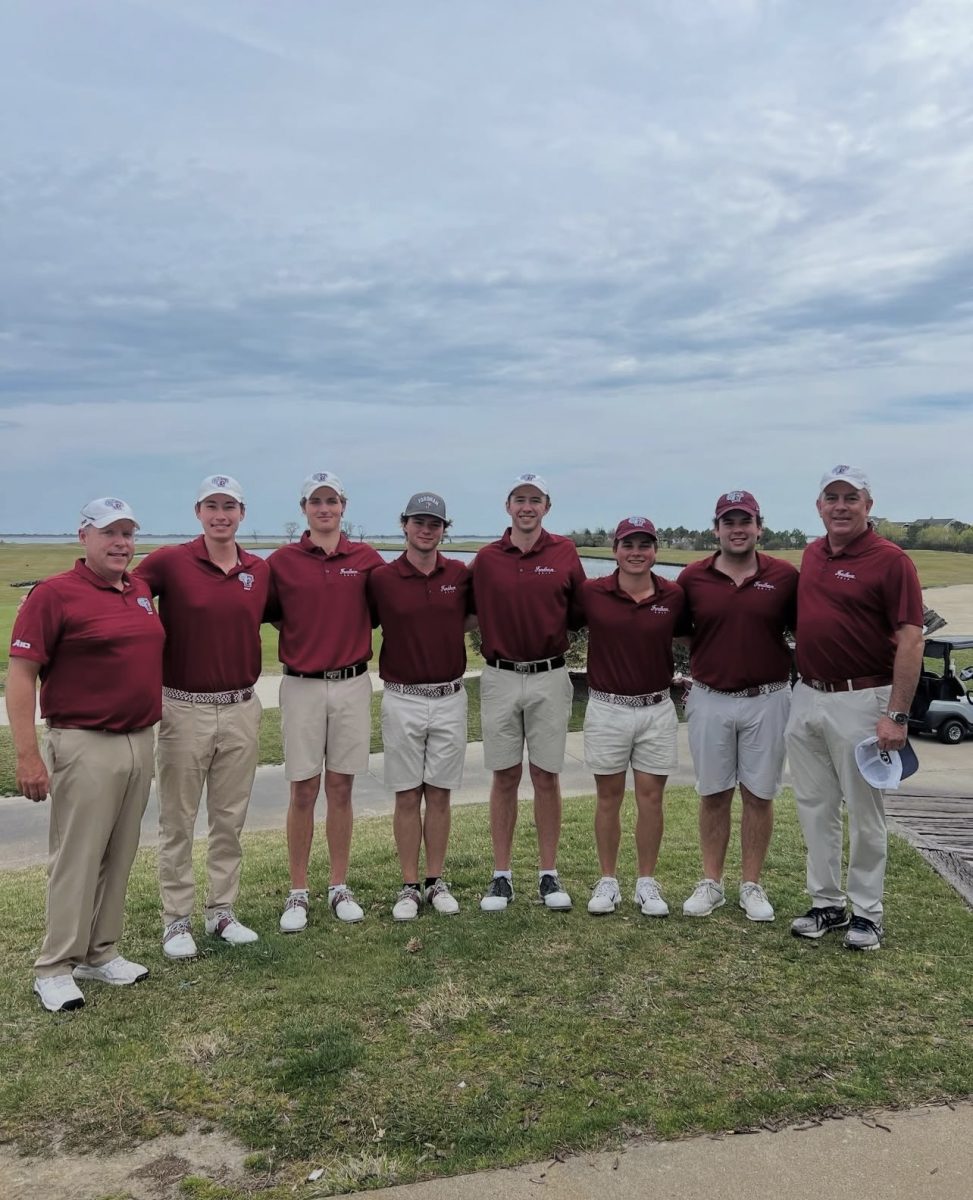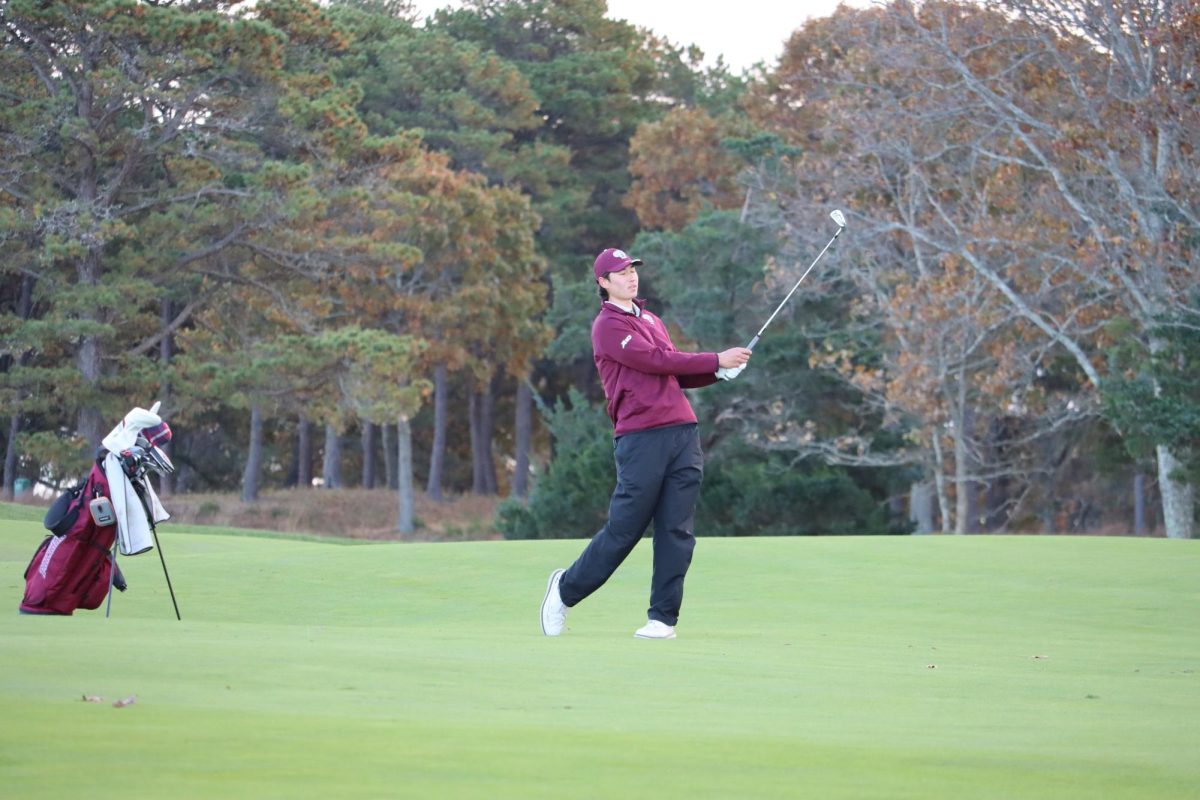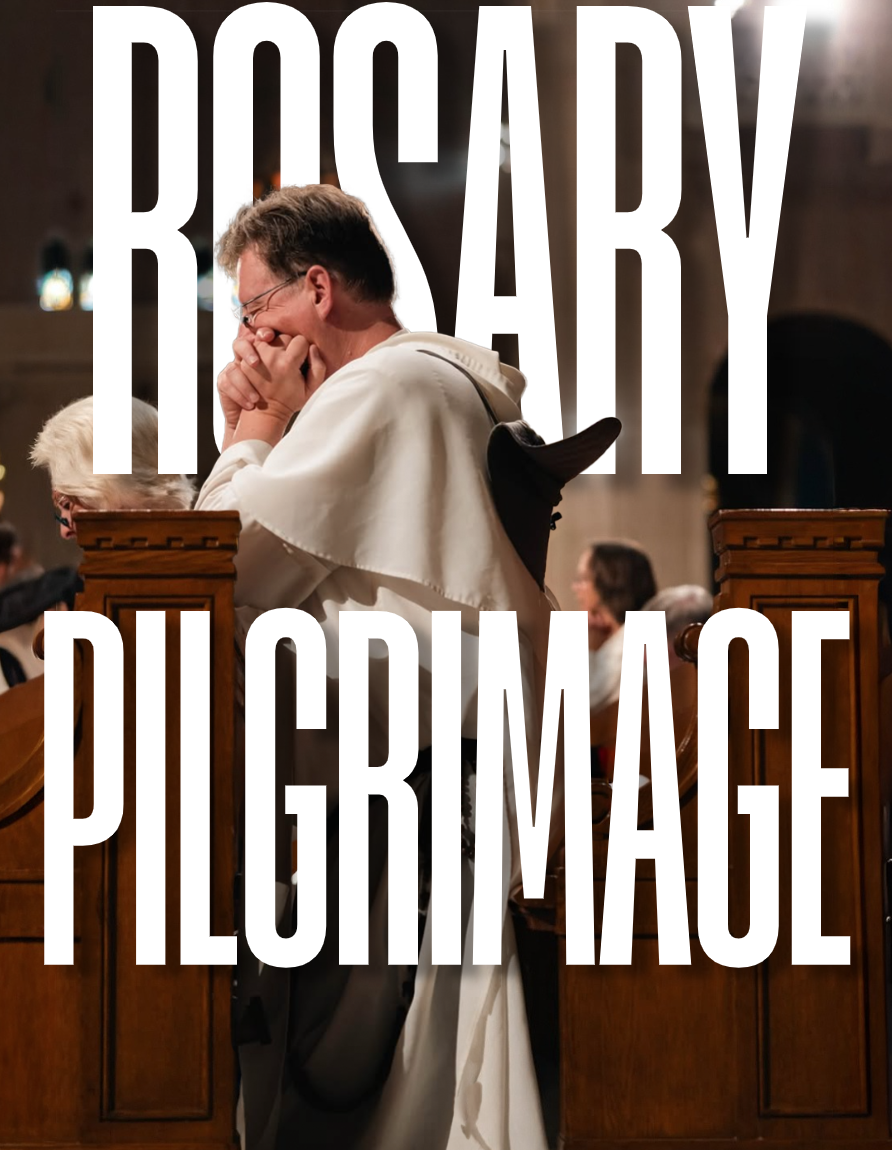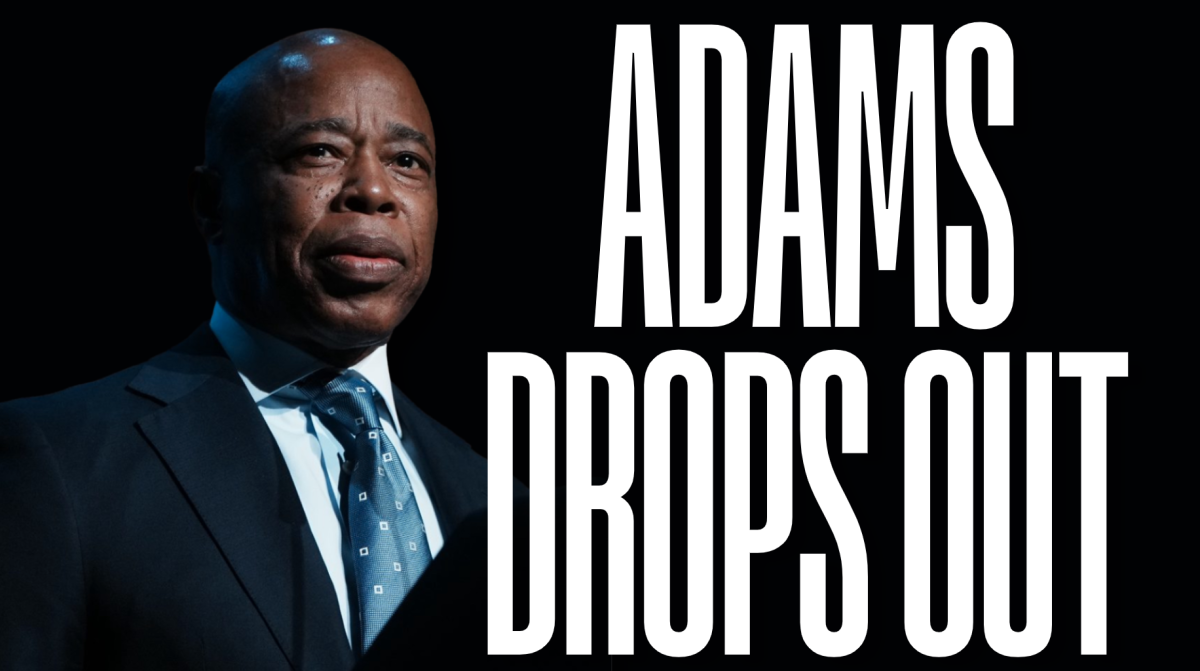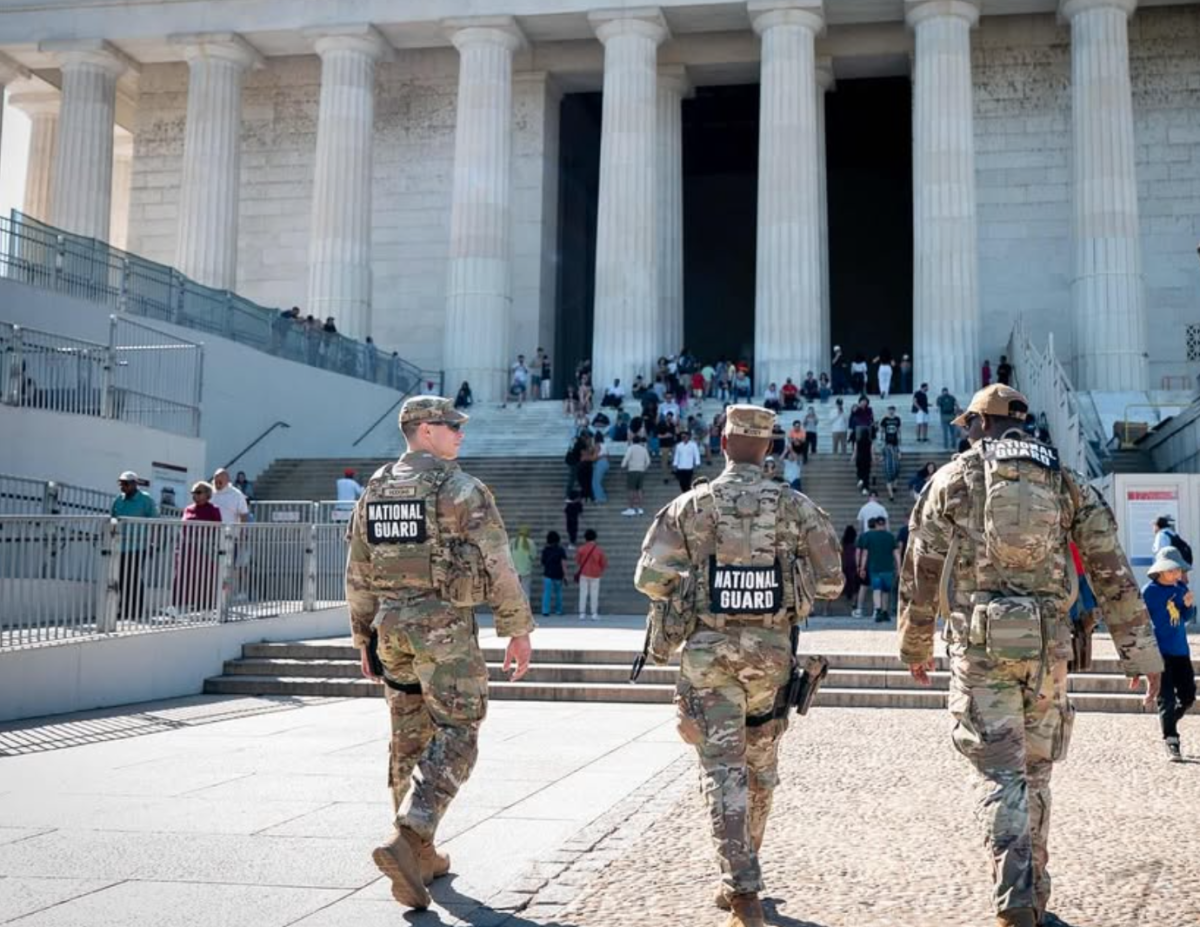The third annual Dominican Rosary Pilgrimage took place in the Basilica of the Immaculate Conception in Washington, D.C., on Sept. 27. I had the great joy of being present among the sea of white tunics and black cloaks that are indicative of the Dominican presence.
Since that weekend, I have been reflecting on what a feat it was that thousands of people, of varying ages and backgrounds, gathered to pray the rosary and revere Mary. Many of us in that Church may have been doomscrolling short-form videos just a few hours before, undergoing a conditioning that may cause us to have scattered attention spans and difficulty focusing. With this struggle in mind, I wondered how a rosary pilgrimage would fare.
The Order of Saint Dominic was given the momentous task of receiving the rosary and encouraging devotion to it. Centuries after being given this gift to share, the religious Dominicans continued their pious obedience to the call by organizing and holding a large-scale pilgrimage in the capital of our nation. The atmosphere was akin to the way many thriller movies begin, with the lead agent clasping his hands, leaning forward, and saying, “I imagine you’re all wondering why I called you here today … ” to the group before him. Here too, the air was buzzing with excitement. We believed we had been called here, laypeople and those in religious orders alike, to pray the rosary together.
The pilgrimage was called the “national” pilgrimage and held in Washington, D.C. However, already within our Thomistic Institute cohort of about 25 students, three hailed from different continents. Among the more than 3,000 people gathered in the Basilica, then, the pilgrimage was likely quite international. Fordham University students, offered opportunities to study abroad or attend Global Outreach (¡GO!) trips, are encouraged to live out this universal faith in union with people of all nations, too.
The Dominican Rosary Pilgrimage officially began with a procession that included a newly formed statue of Mary holding Jesus in her arms. As a community, we sang, “Totus Tuus,” translated “all yours” in English. The world outside the doors of the Basilica, but also within our own hearts, can feel crazy and unpredictable. This time of prayer during the pilgrimage offered a refuge of peace to many.
My event packet noted that after the procession, we would pray the rosary Dominican-friar-style. The Dominican-style rosary is as follows: Three of the mysteries are prayed together, such that at the end, instead of the usual 50 Hail Marys, 150 are said. In this fast-paced, results-oriented world, repeating Hail Marys may not initially make sense.
As we sat in the pews, however, we heard about how the rosary is a beautiful side of the devotional life of the Church. It is a time of complete unity: of mind, heart, body and soul. The mind holds the image of each mystery, the heart ponders them, the fingers make slow work as they brush from one bead to the next, and the soul is lifted to higher things. There are not many activities that can do the same. How wonderful to have all the faculties oriented towards one thing, united as one!
The mysteries of the rosary are not just snippets of stories we listen to. As Generation Z, perhaps you will recall the DVD settings where you could choose which scene to skip to. The screen would usually be populated with a number of little squares showing scenes of important events, so you could jump right in where you’d left off. But the mysteries of the rosary are not just little windows into the story or highlights of Jesus’ life. They are meant to encourage us not just to passively listen, but to live out what we read about. Each one is a call to re-examine our own position. Each mystery is a call to action. We don’t just hear about Jesus’ life; we are called to participate in it. “In the Catholic tradition, mystery is both intelligible and unintelligible at the same time,” said Ellie Nguyen, FCRH ’26. “The pilgrimage deepened my faith by so much.”
Many students at Fordham have experienced a strengthening devotion to the practice of praying the rosary. Actually, it was in great part thanks to Fordham’s weekly rosary group that I first began to have a consistent time to pray the rosary. It would have been very difficult for me to manage without the structure that the Monday meeting provided, as well as the warm camaraderie of the rosary community. The time spent there made me feel closer to the rosary and encouraged me to travel for this pilgrimage opportunity. The rosary group helps to live out the Ignatian mission of our University. For example, many of us fondly recall the warm evenings that we would pray the rosary outside, by the statue of Mary. This practice helped us to see God in all things, in a special way.
I believe the rosary pilgrimage was an event that was greatly needed. In the Catholic Church, September is traditionally dedicated to the Sorrows of Mary, and October is dedicated to the rosary. It was quite fitting, then, that the Dominican Rosary Pilgrimage was held at the tail-end of September and on the brink of October. In this tumultuous period in our nation’s history, it gathered people of all ages, backgrounds and political orientations. We huddled together beneath the mantle of Mary imploring her for clarity, for protection and for renewed strength. I hope you will pick up the rosary and join us.
Elizabeth Rengifo-Vega, FCRH ’26, is a philosophy and political science from Westchester, NY.

